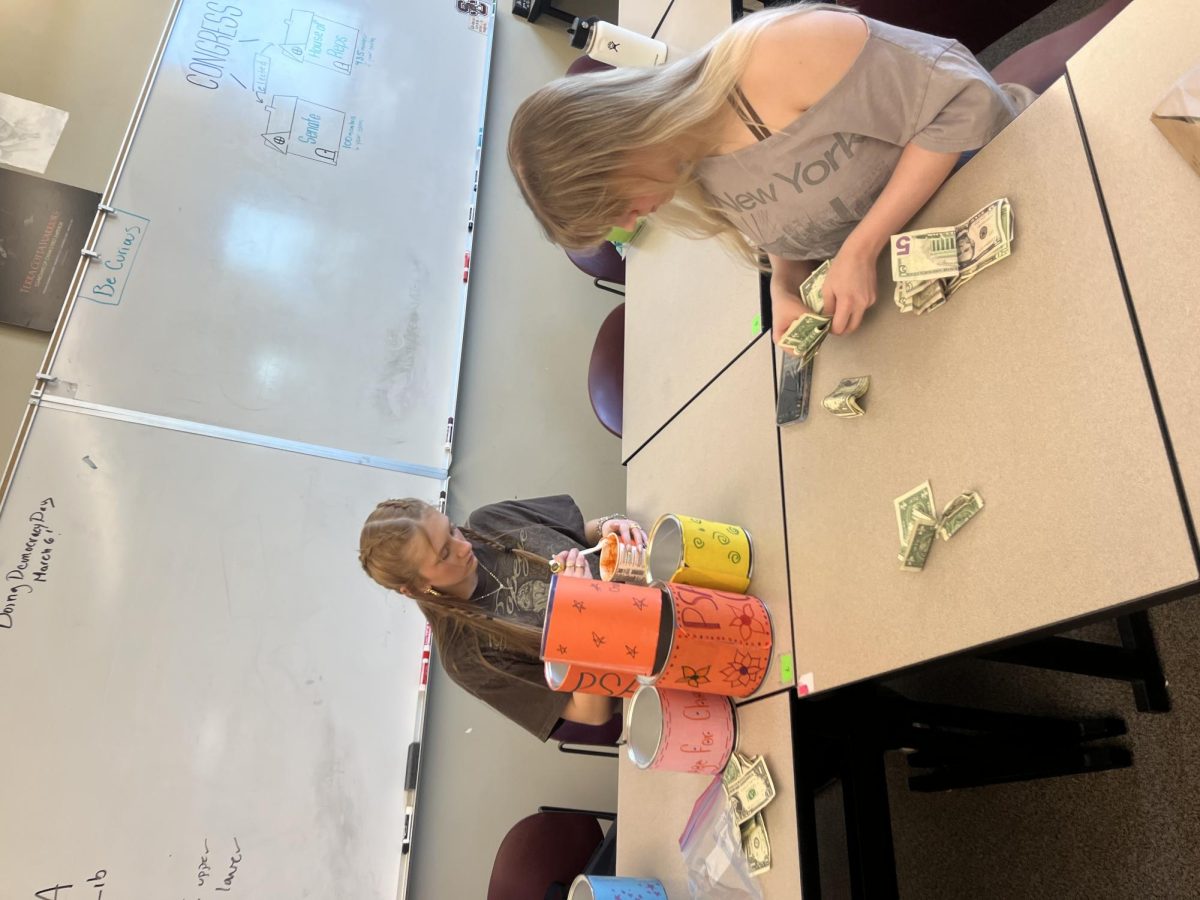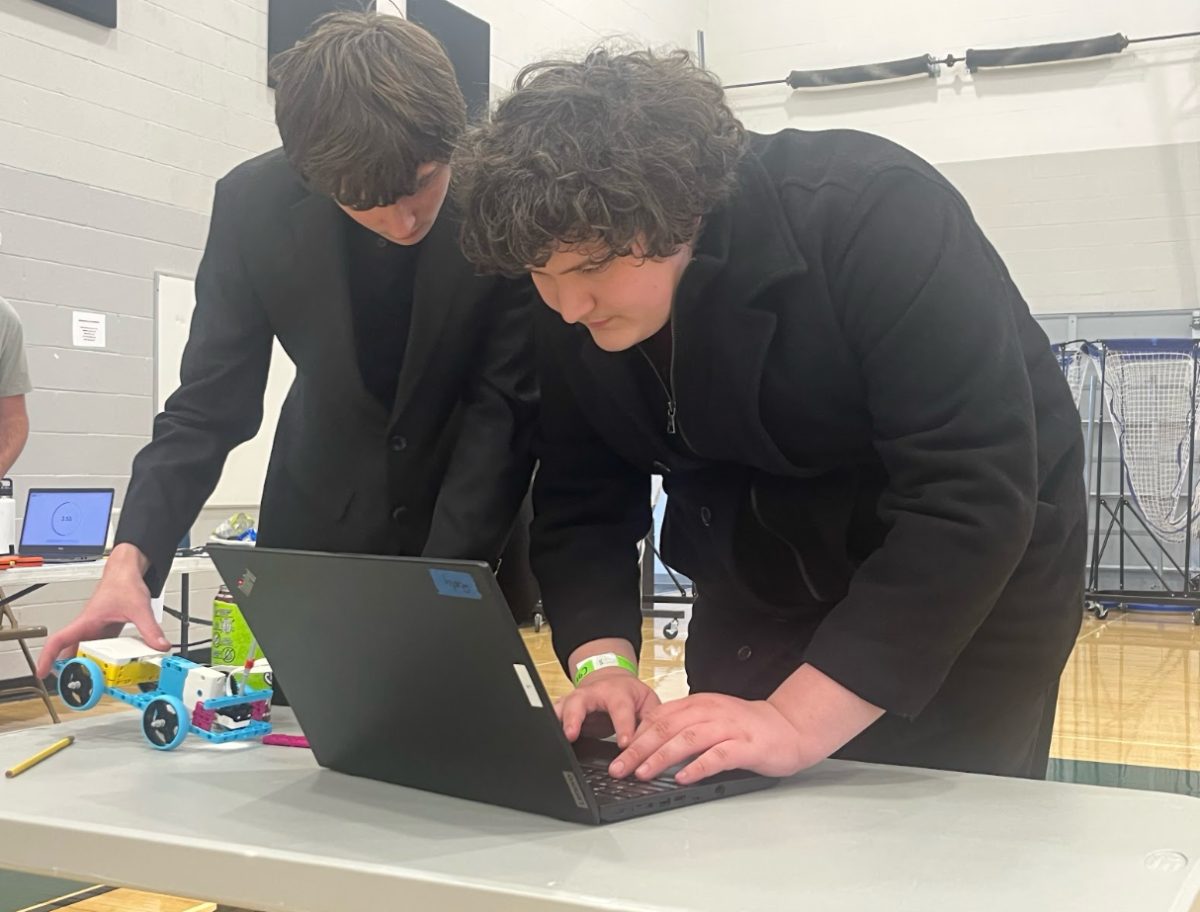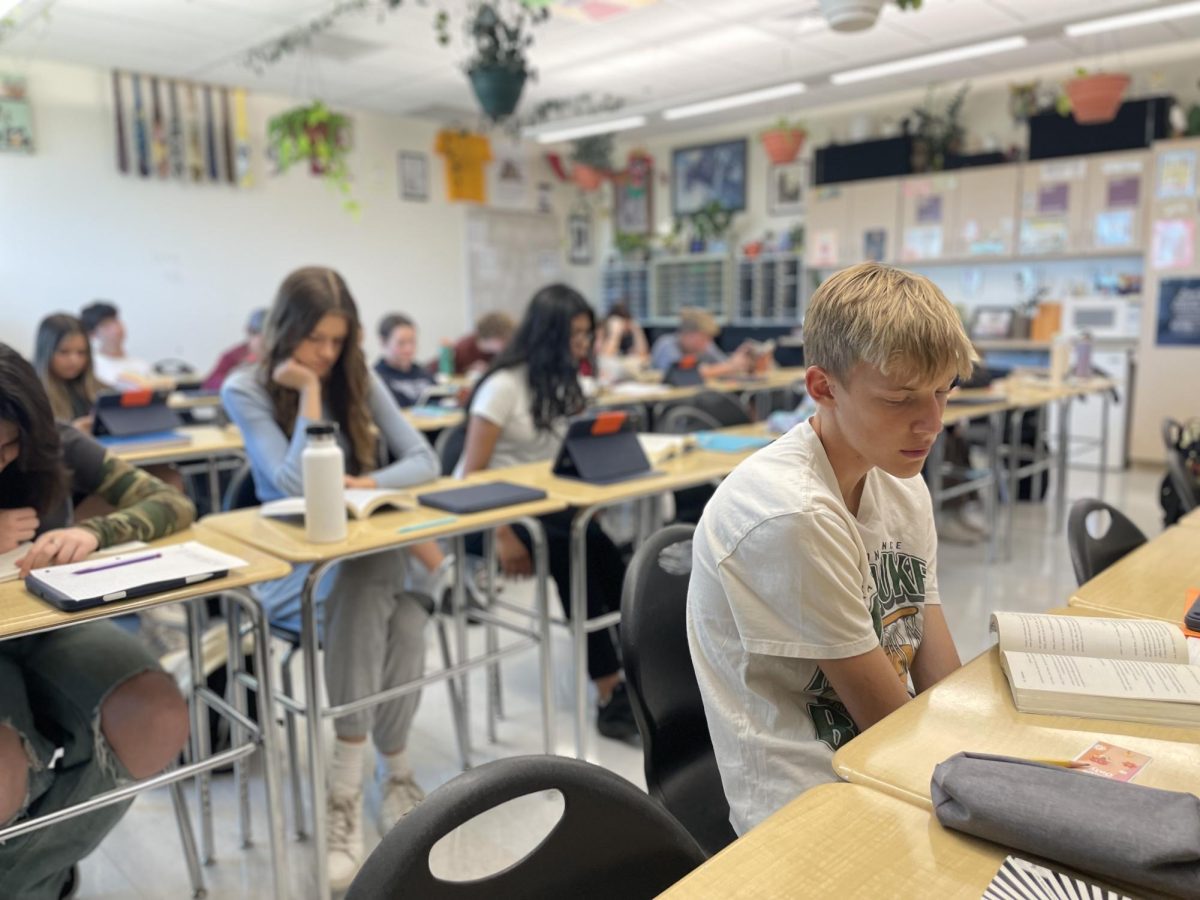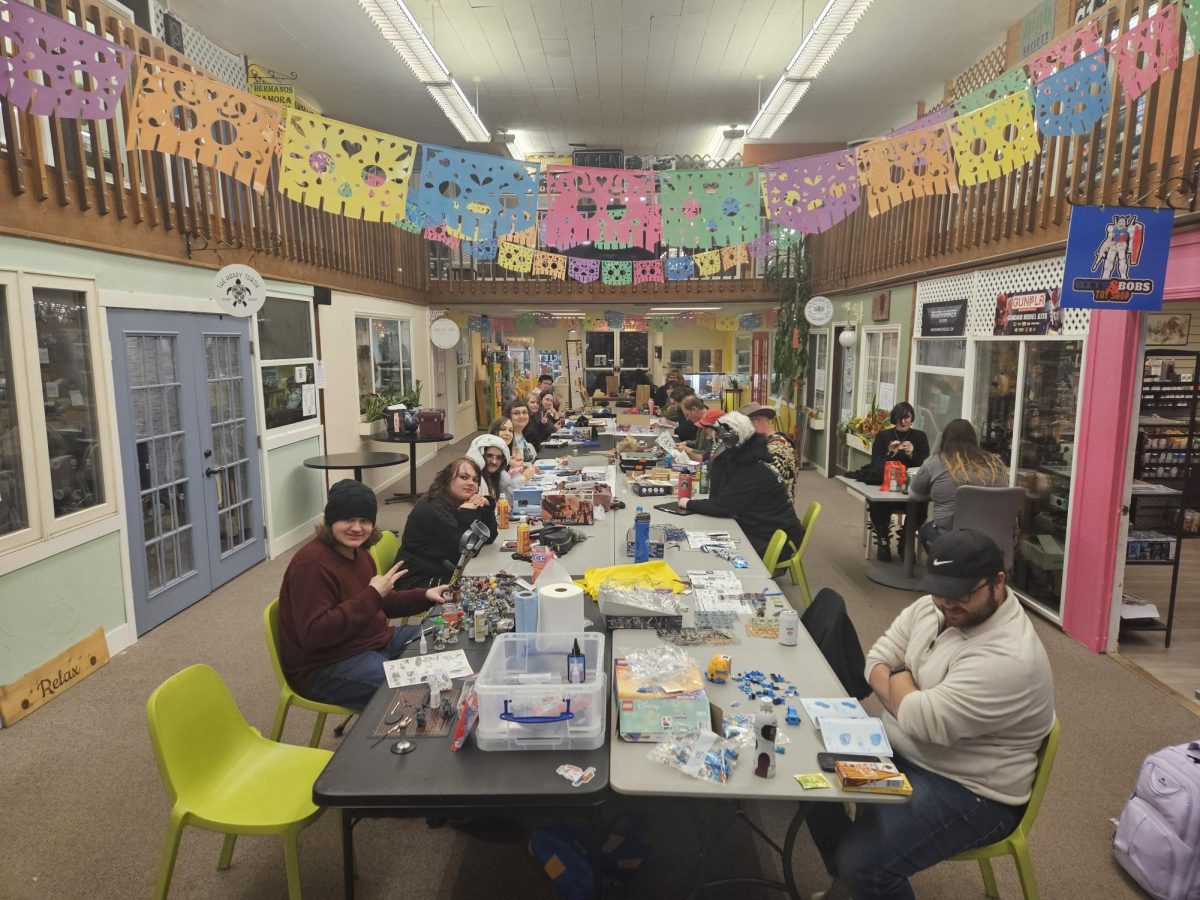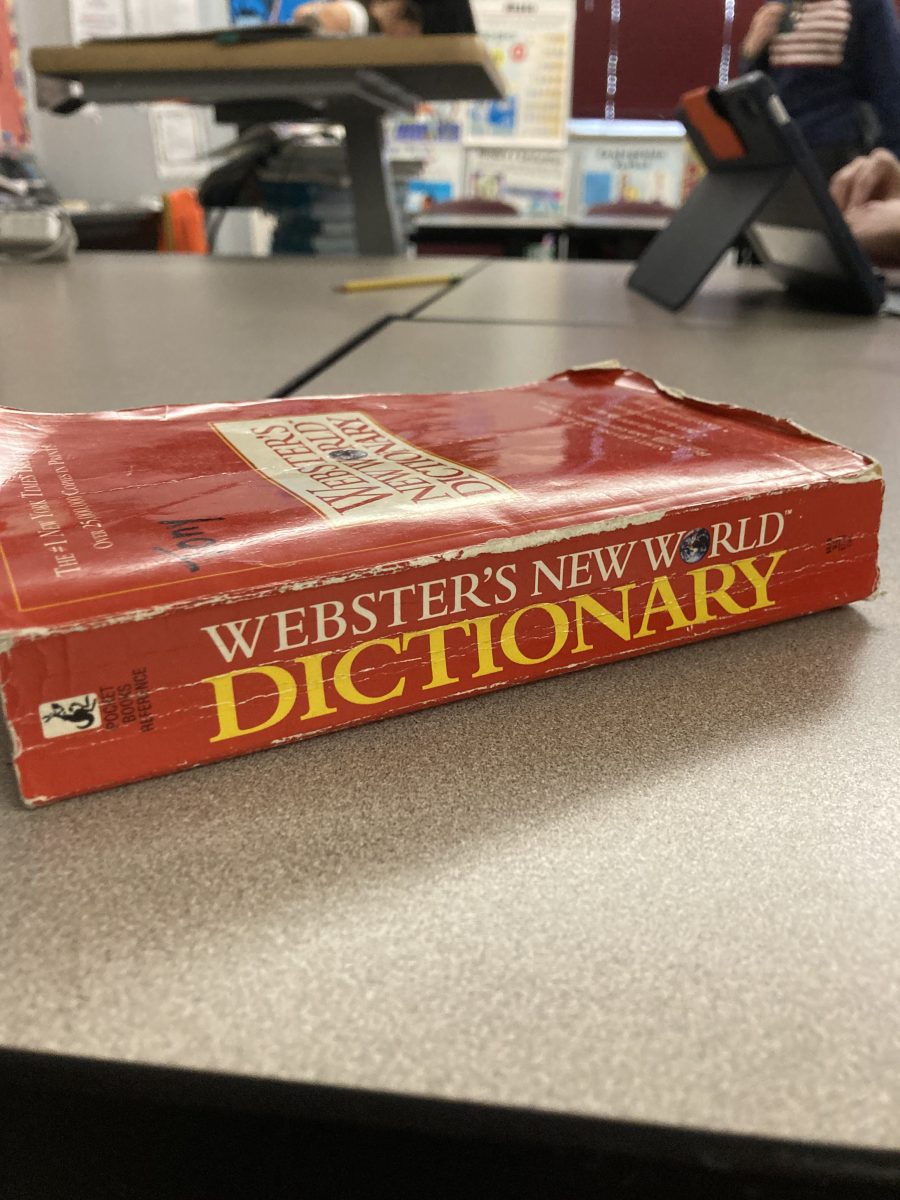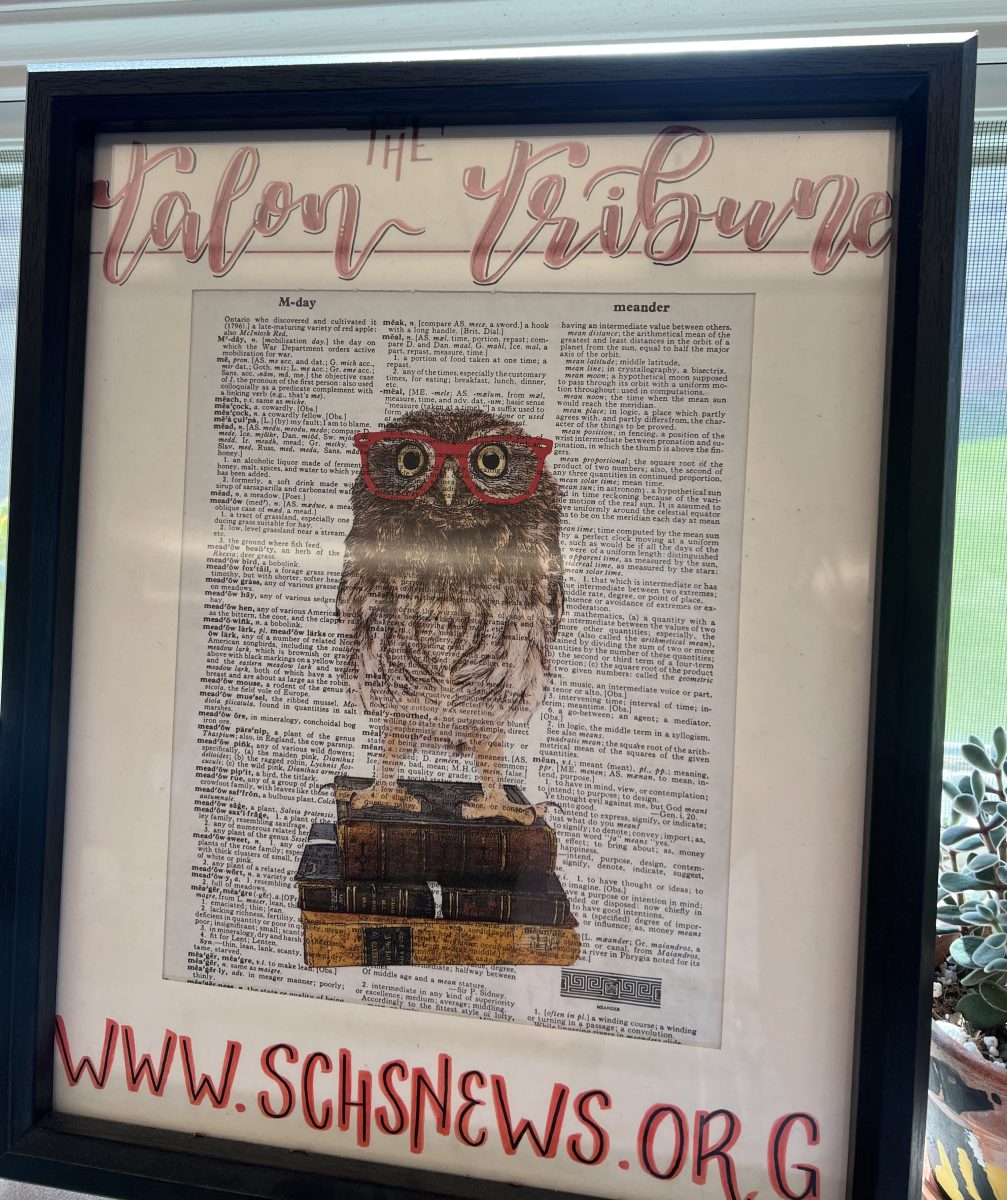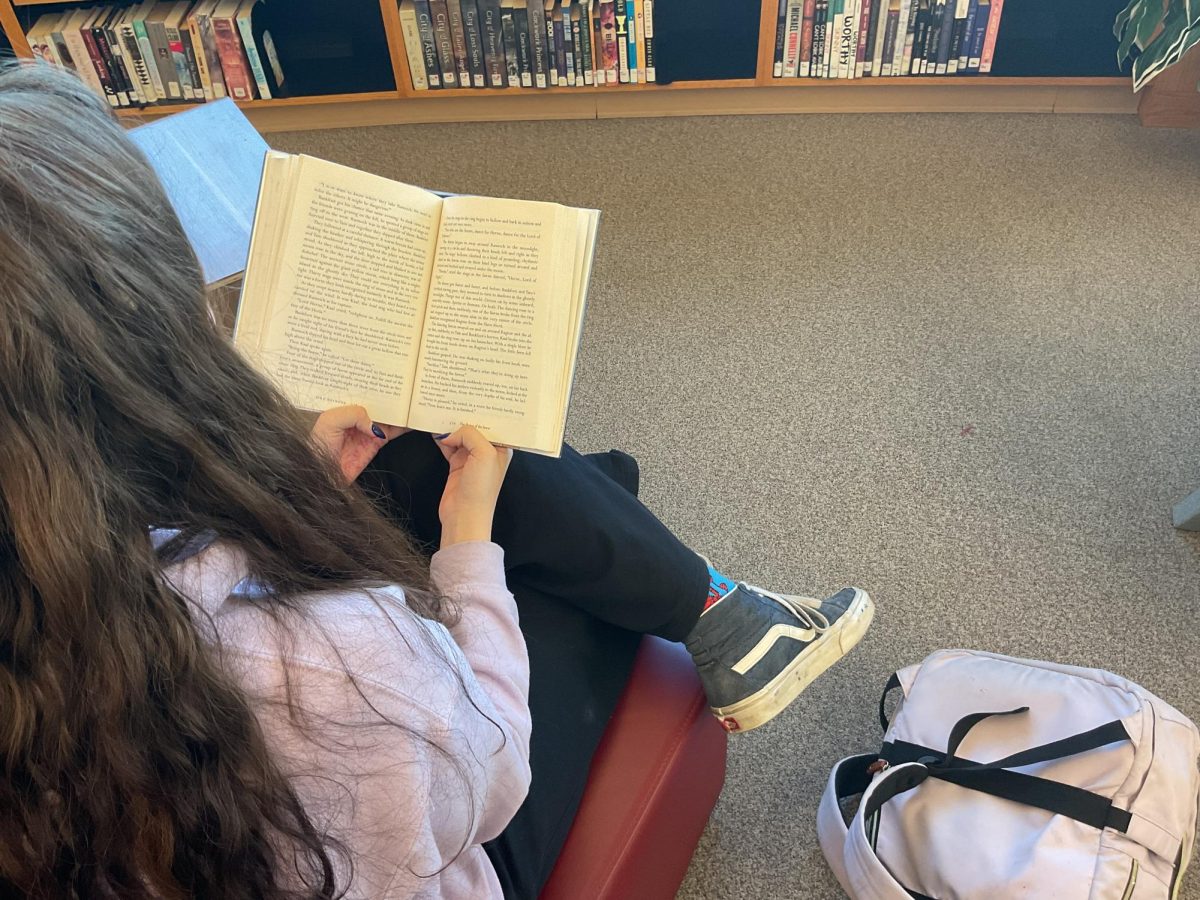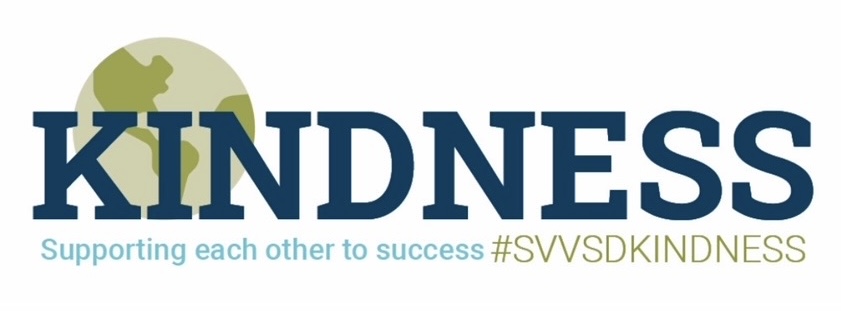A classroom with teachers going over the lesson of their day, shuffling papers, and instructing their students…who are sitting there not exactly paying attention to that moment. Instead, the students are playing games, listening to the latest hits, and scrolling among social media to see influencers along with the biggest gossip. But, social media can’t always be the best resource for new news.
One important community that affects a majority of teens is their school and what happens within. It can be hard to know everything that is going on while trying to keep up with classes, sports, extracurriculars, and so many other events that are constantly happening.
Thankfully, an easy news outlet that makes it possible for students to find out what’s happening is student journalism!
Student journalism has been a great outlet for students of the school to not only get involved and write for all of the school events that take place but also make it easy for students in all grades to simply look at their school’s website and see everything happening around them.
Journalism can be a creative outlet for many, but it truly is a great source for the writer and the reader. Journalism is a class for students who are interested strongly in not only writing but engaging in the community of the school.
News stations don’t always have the best access to what has happened in schools, but students have an advantage in what’s happening around them. If an event is occurring at the school, they have the resources to go and participate in that event, see it first hand, and even see other students who are joining in the event and have the appropriate questions/interviews for an article.
Students have a right to write about their community and the events within. Tinker vs. Des Moines was an eye-opening case in 1969 in which the United States Supreme Court recognized student freedom of speech.
In a podcast by Noah Caldwell, Justine Kevin, and Juana Summers, they discuss the importance of student journalists at Columbia University covering the protests against Israel’s war.
Discussions about the students’ access to the news going on around them have been occurring since the campus was shut off to anyone without a school ID.
“[You and] your colleagues there are in a bit of a unique position because currently, campus is closed to anyone who doesn’t have a Columbia ID, and that means that national news outlets have had a challenging time covering these protests up close. Can you just tell us what [your] access has been like?” says Summers.
“As Columbia students, we’re able to slip seamlessly inside and outside of campus, which is something most news media outlets aren’t able to do. And I think that puts us in a great position to be able to bring the sort of urgency of the situation to listeners as quickly as possible.” Dillane explains.
Public news stations only have a small amount of perspective and information about what is truly happening. They don’t have the same privileges as students, especially if something needs to be shared about the school.
In The Talon Tribune, Silver Creek High School’s very own school website, dozens of articles have been posted surrounding the most recent activities going on in the community from Longmont’s 44th Annual Halloween Parade & Trick or Treat Street 2023, to learning about “No More Snow Days for St. Vrain Valley Students.”
Any good news station and outlet needs those resources and different perspectives from the children themselves. School is a critical part of almost anyone’s life and having sources for not only the students, but for parents and staff to explore news is important.
Students are the voice of their generation and for their school/community. They are a younger generation who are most kept up to date about recent events. It’s the perfect source for finding out what is happening around one of the most important communities in someone’s life…school!
Not only are students able to provide information to other students, but to the teachers and parents as well.
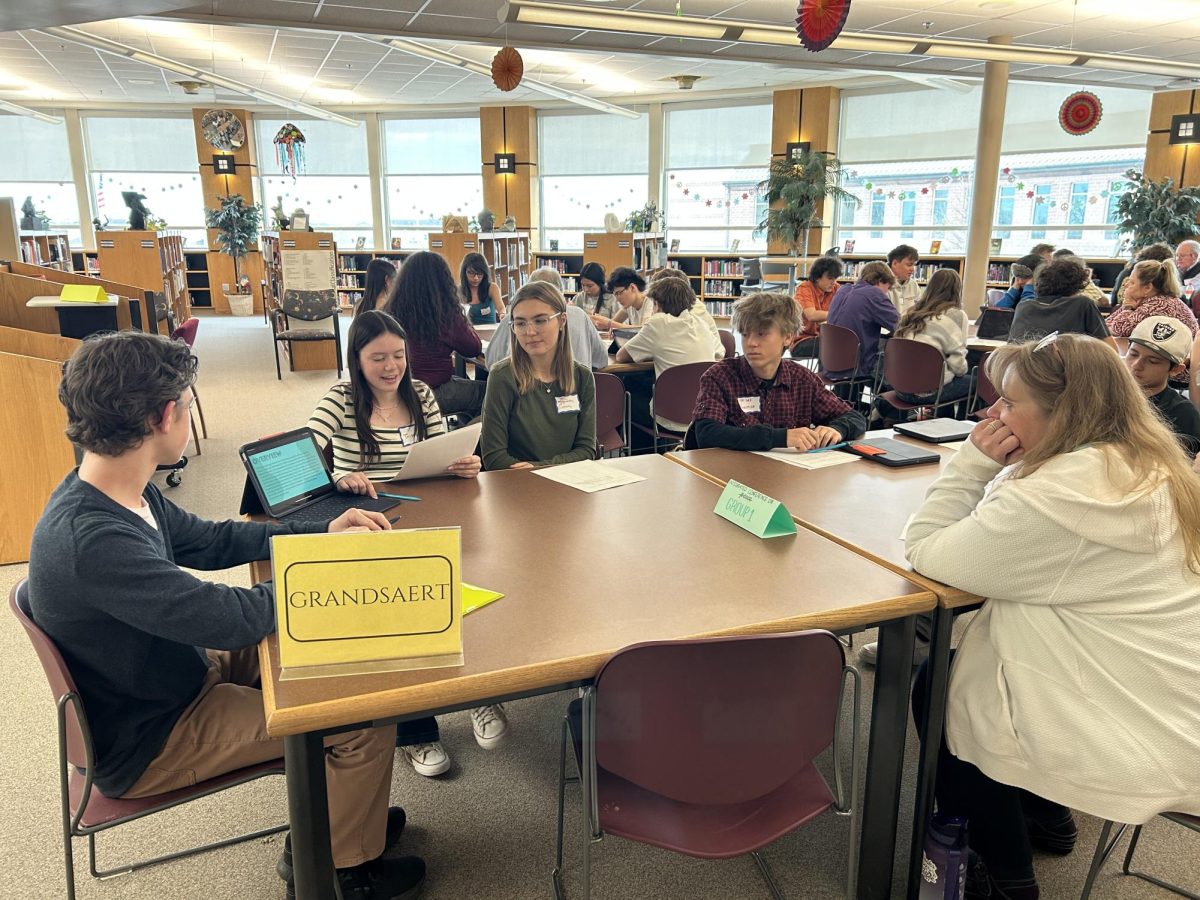
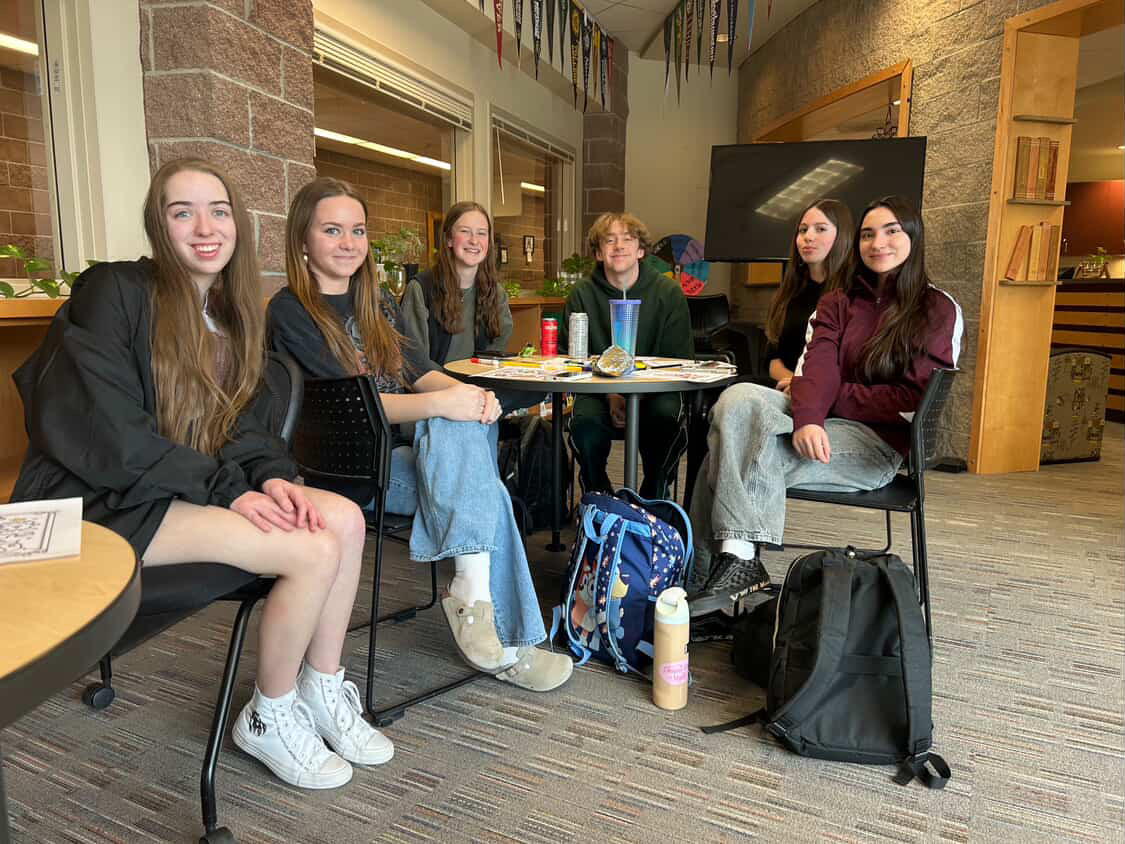
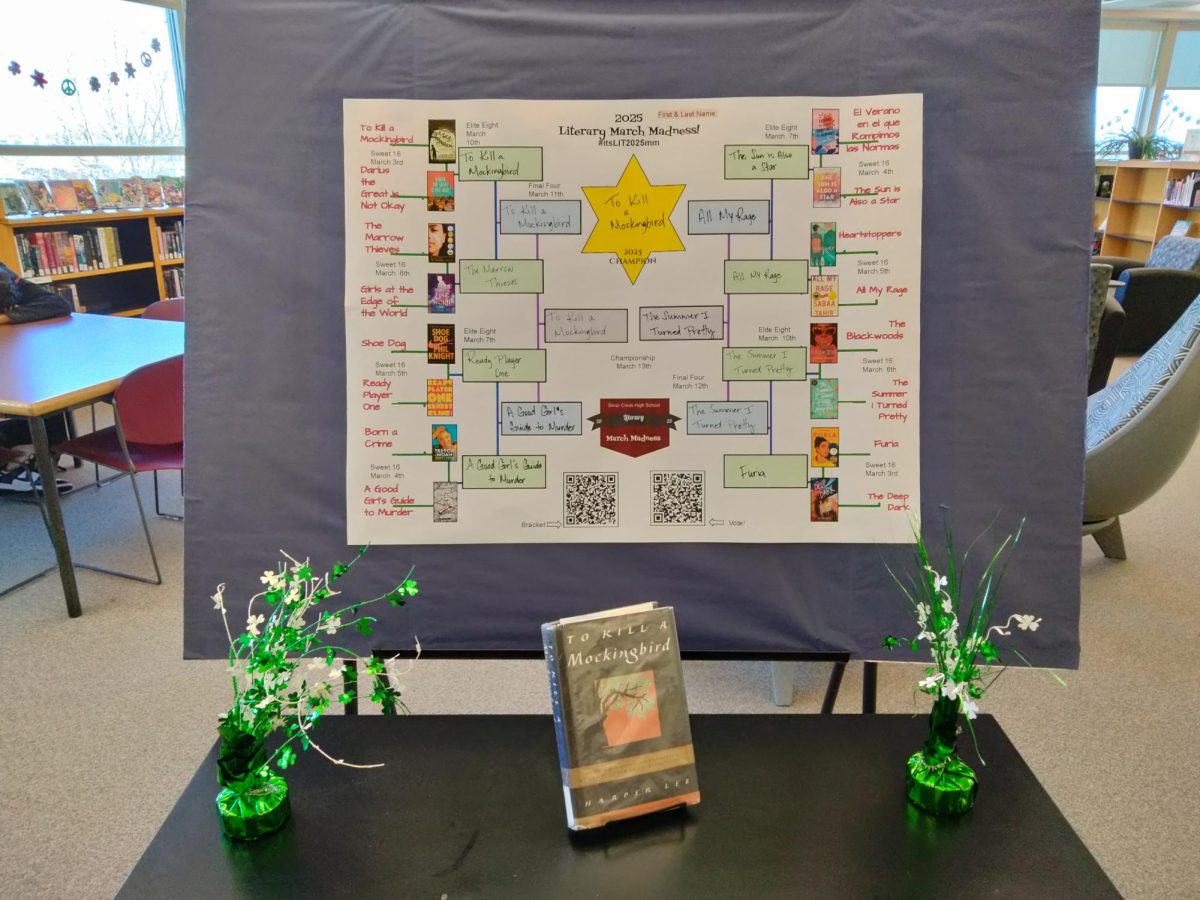

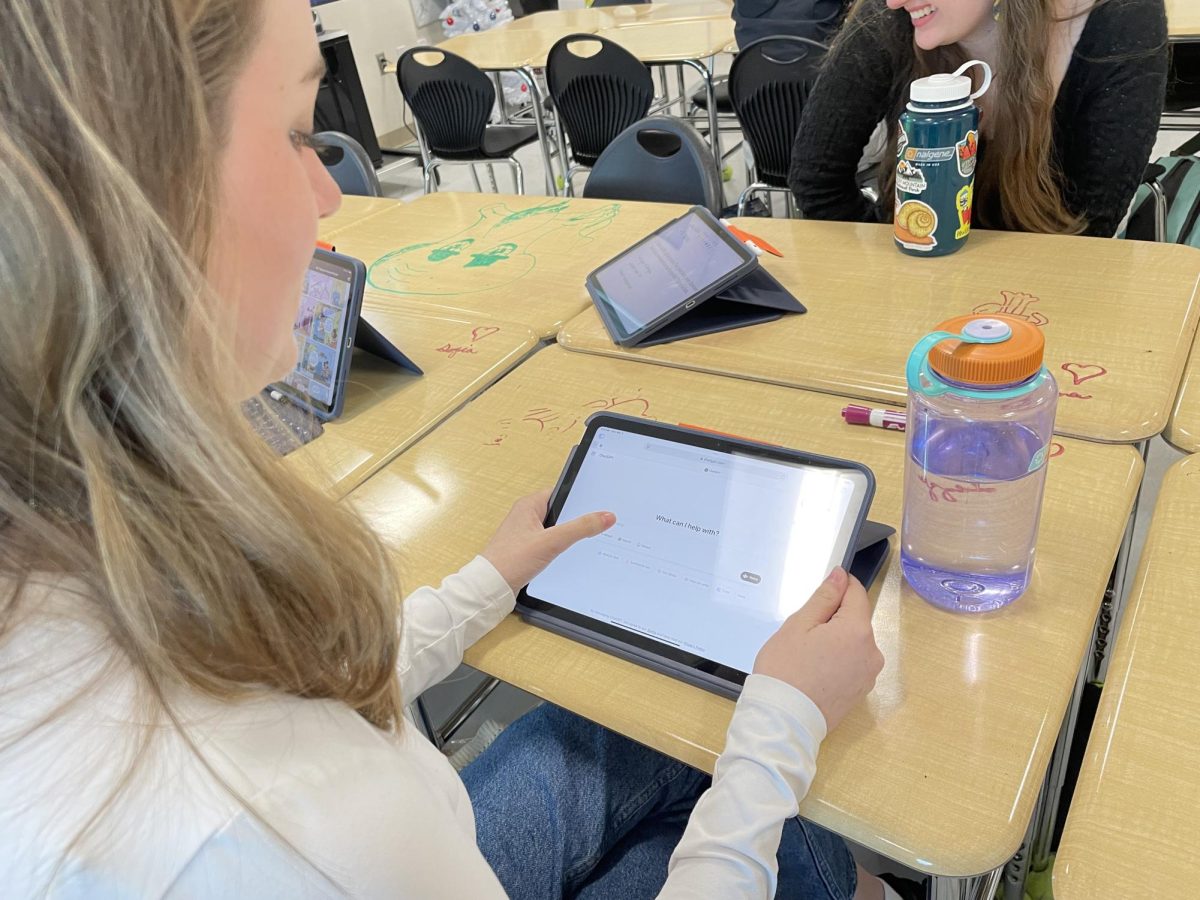
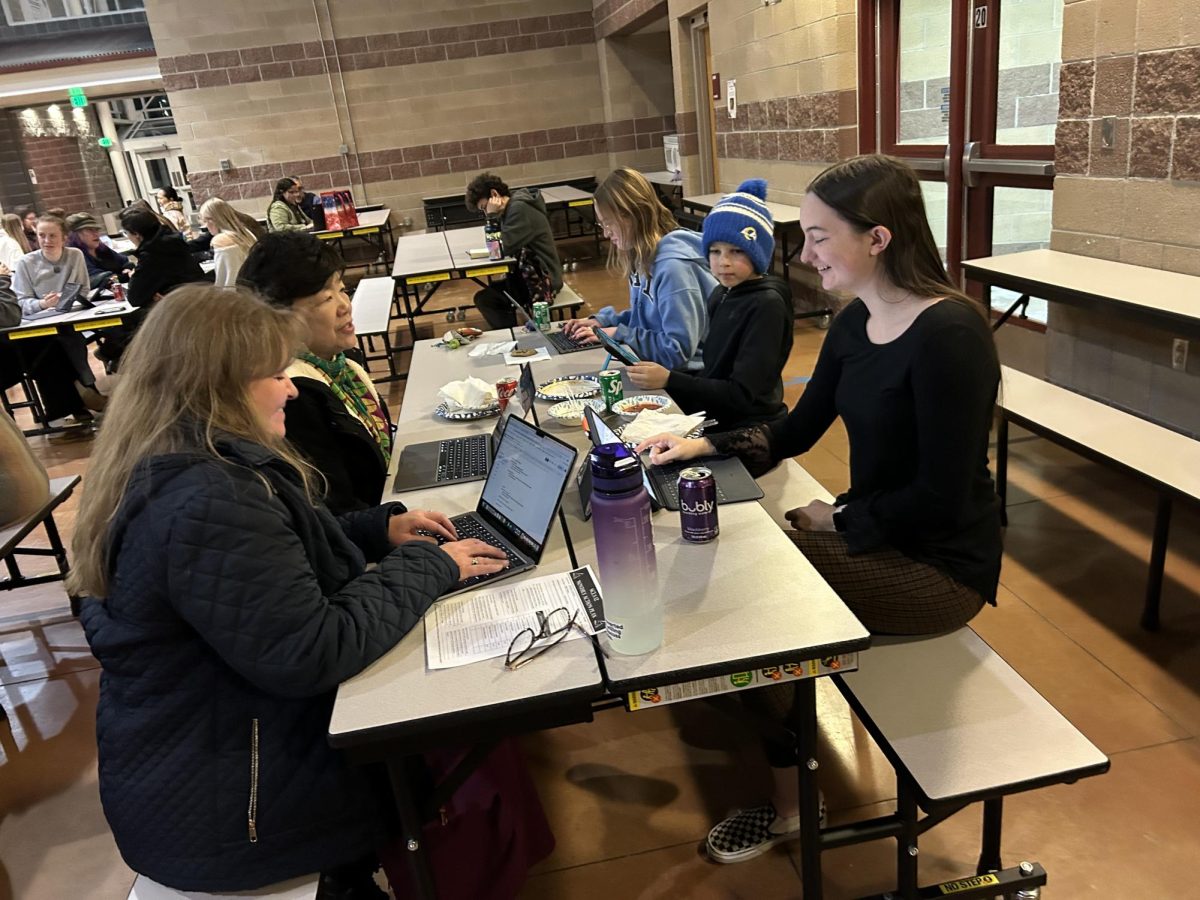
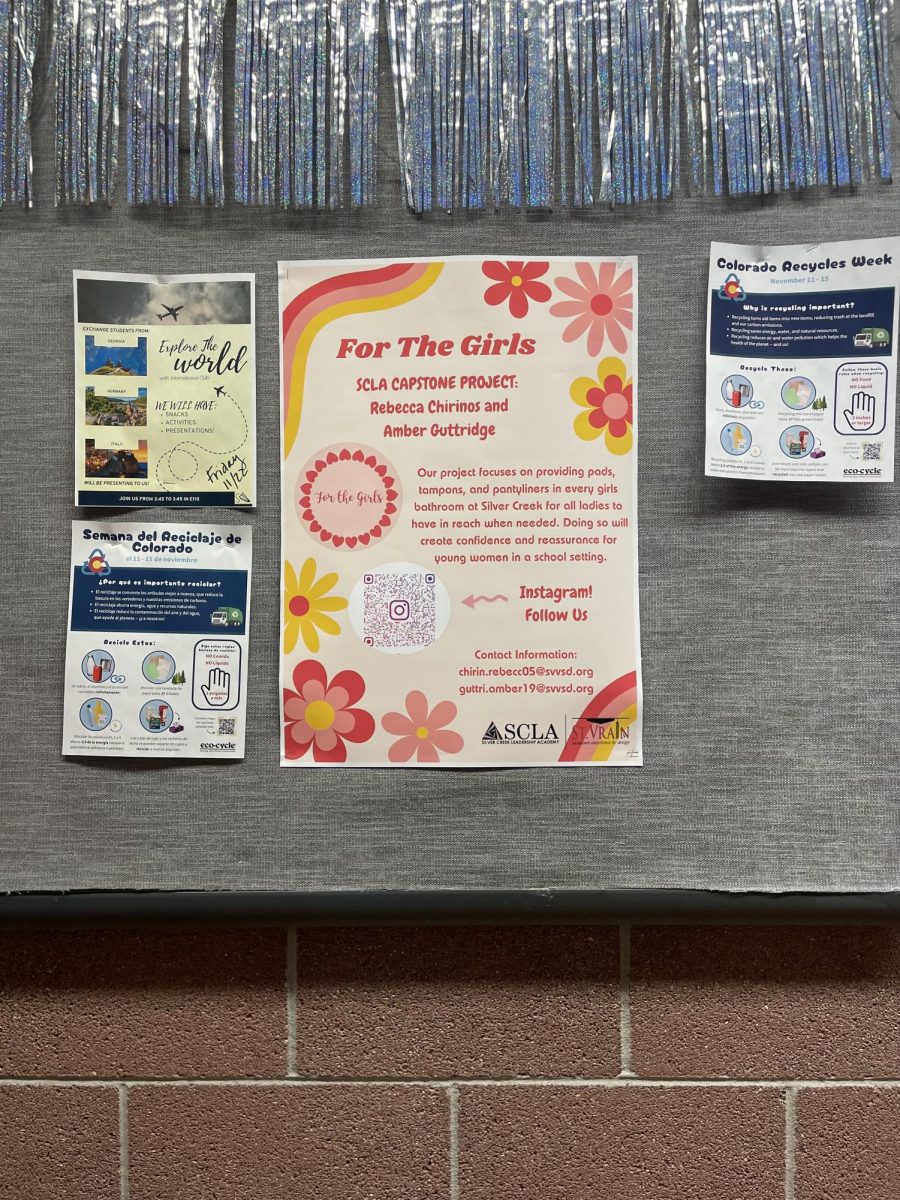
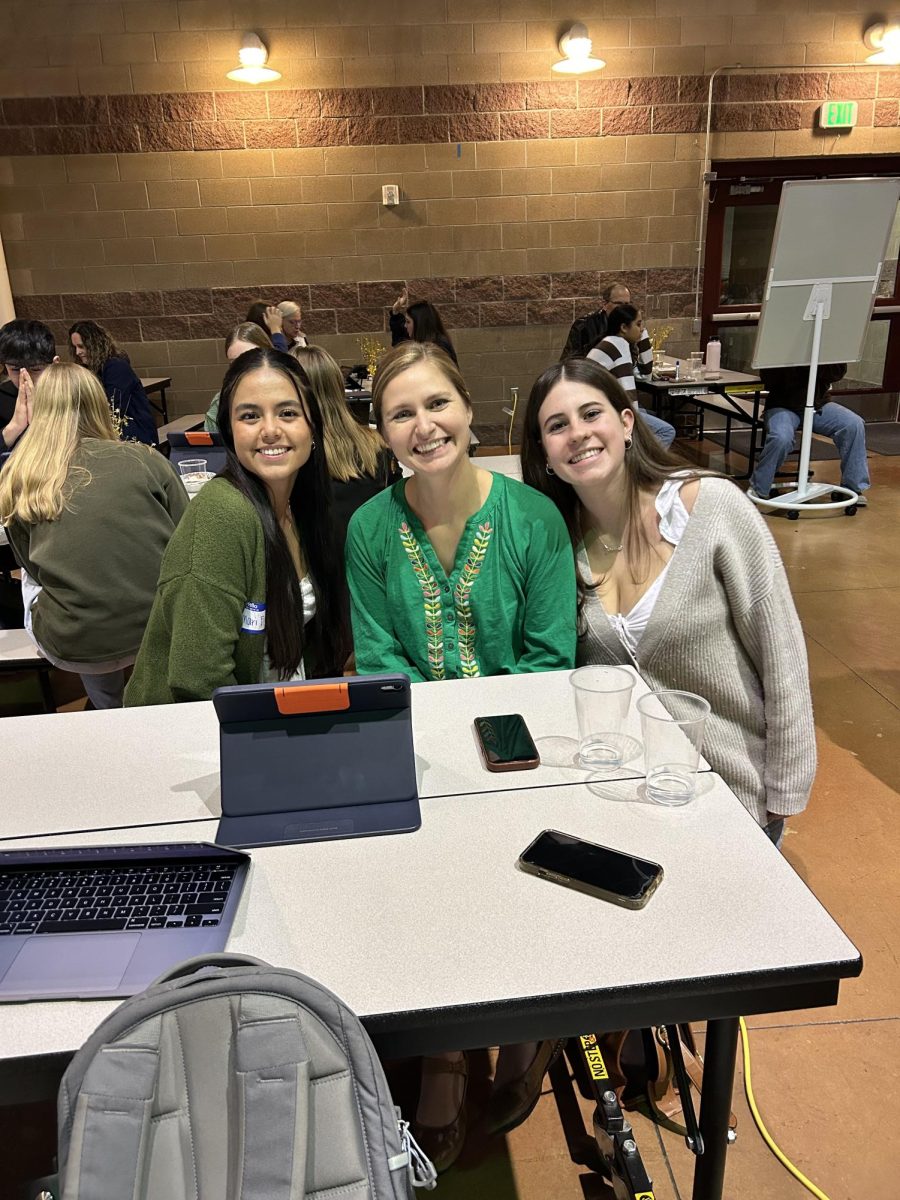
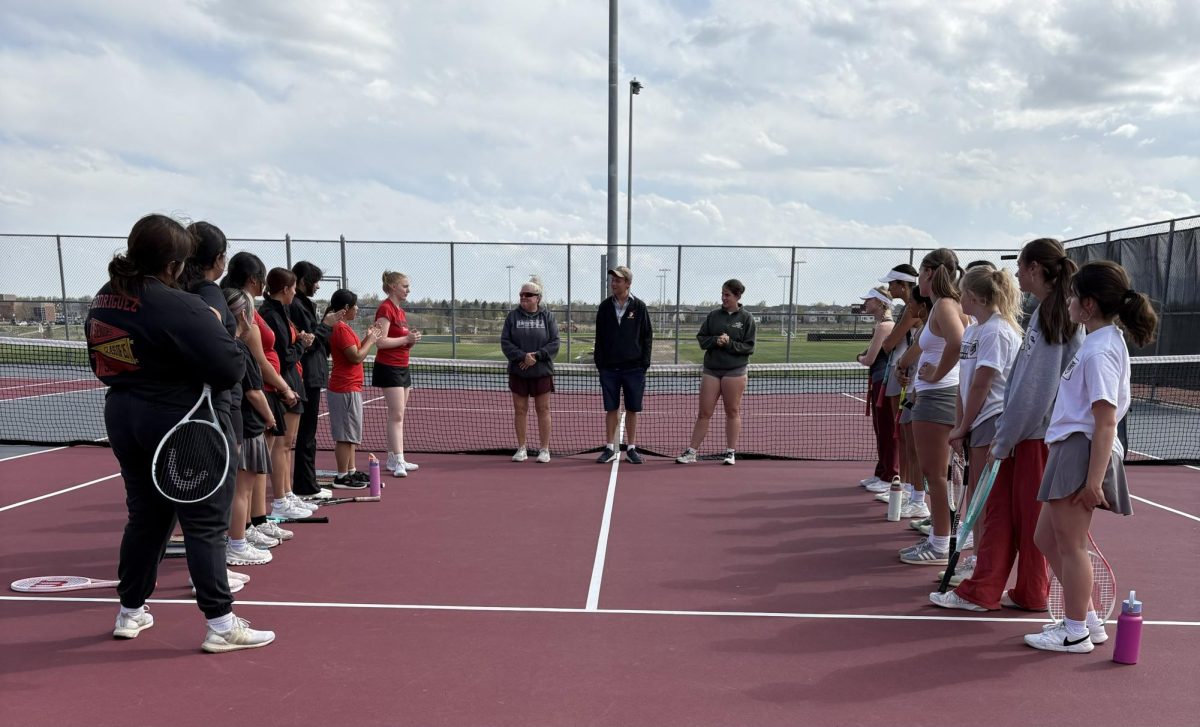
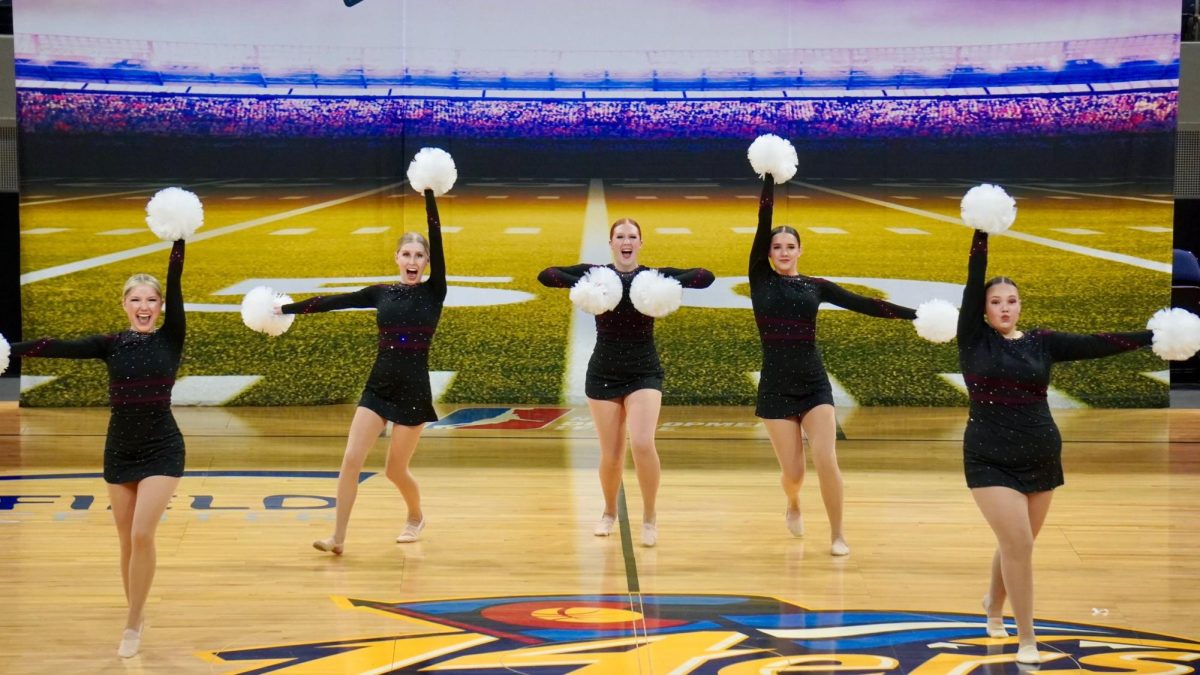
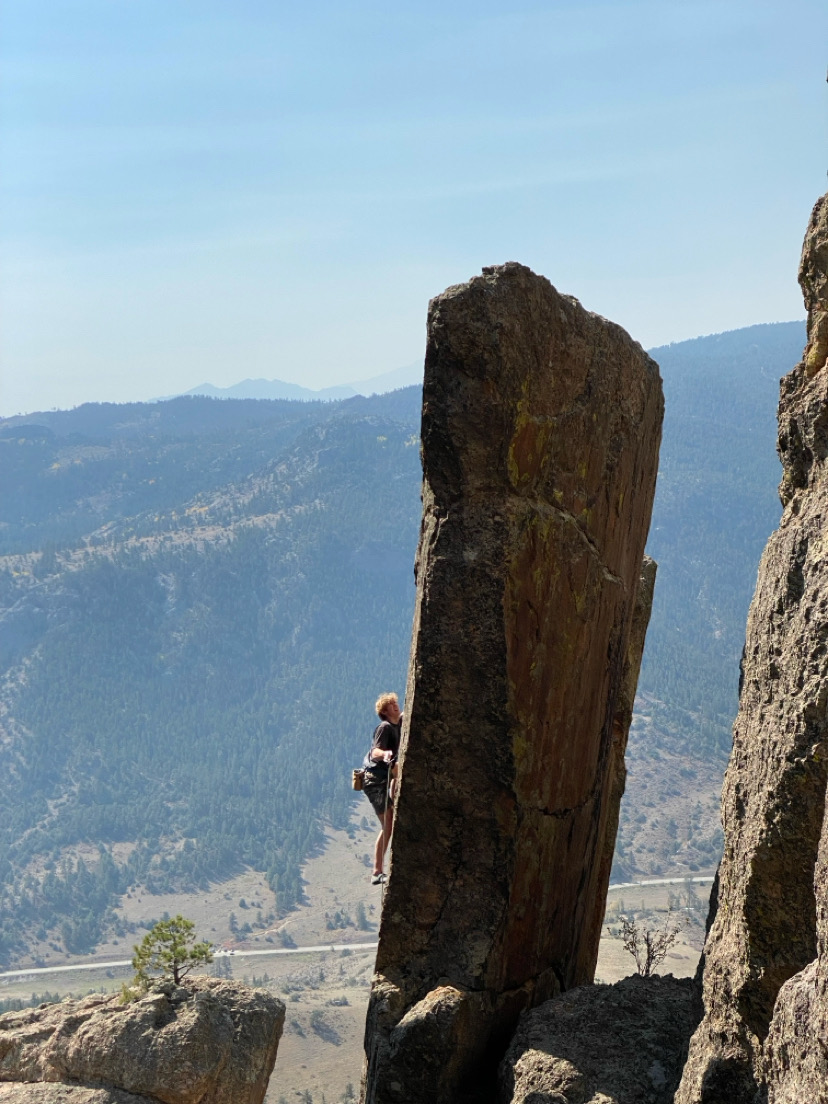
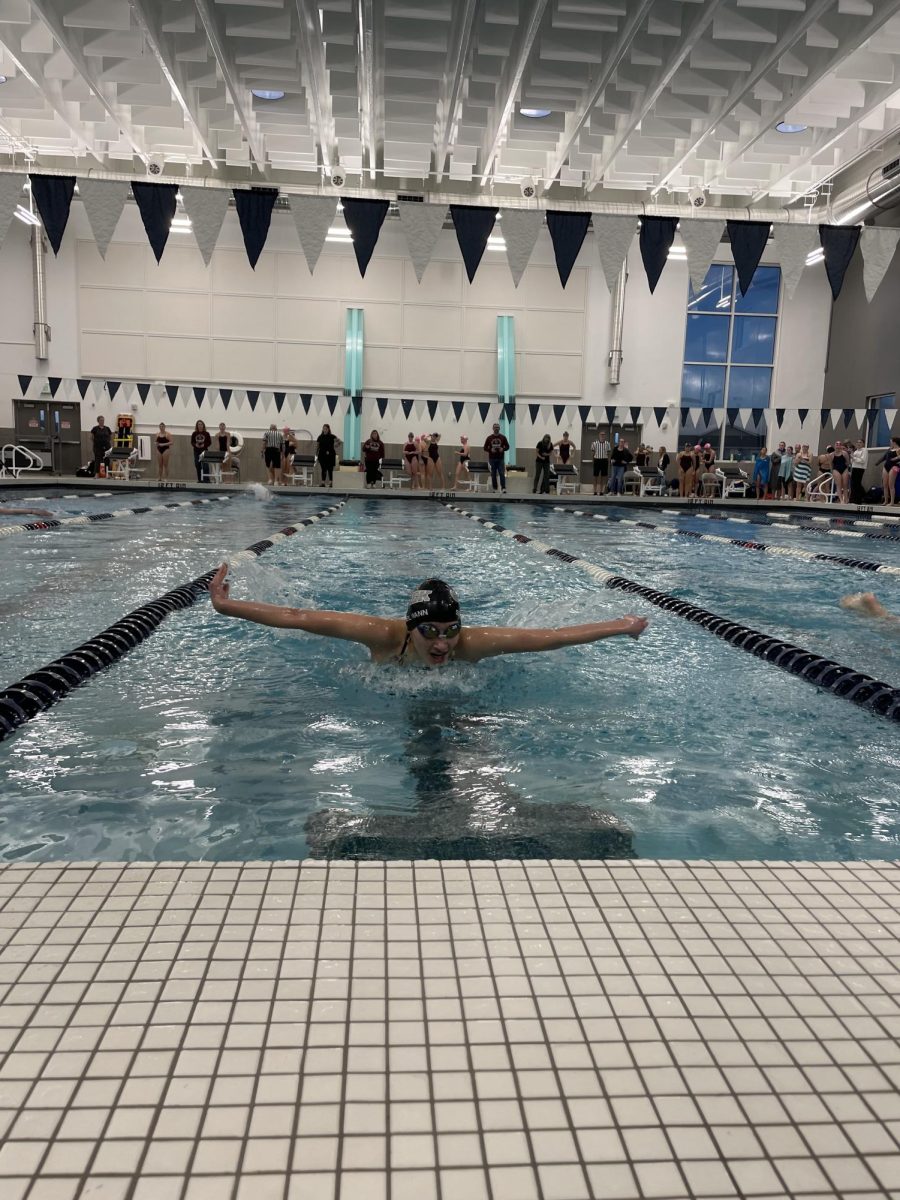
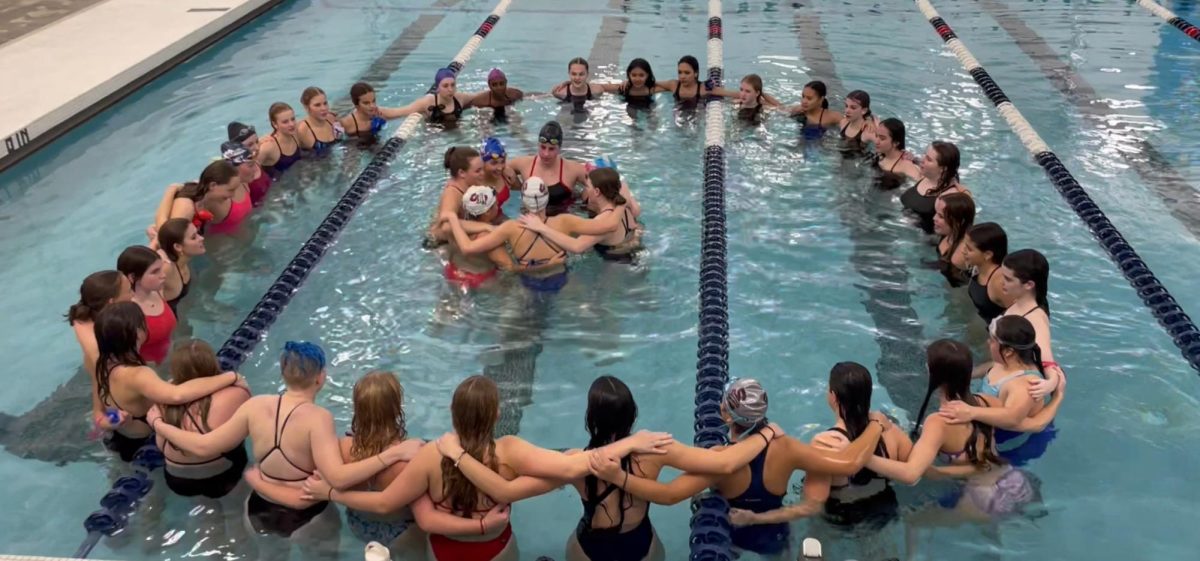
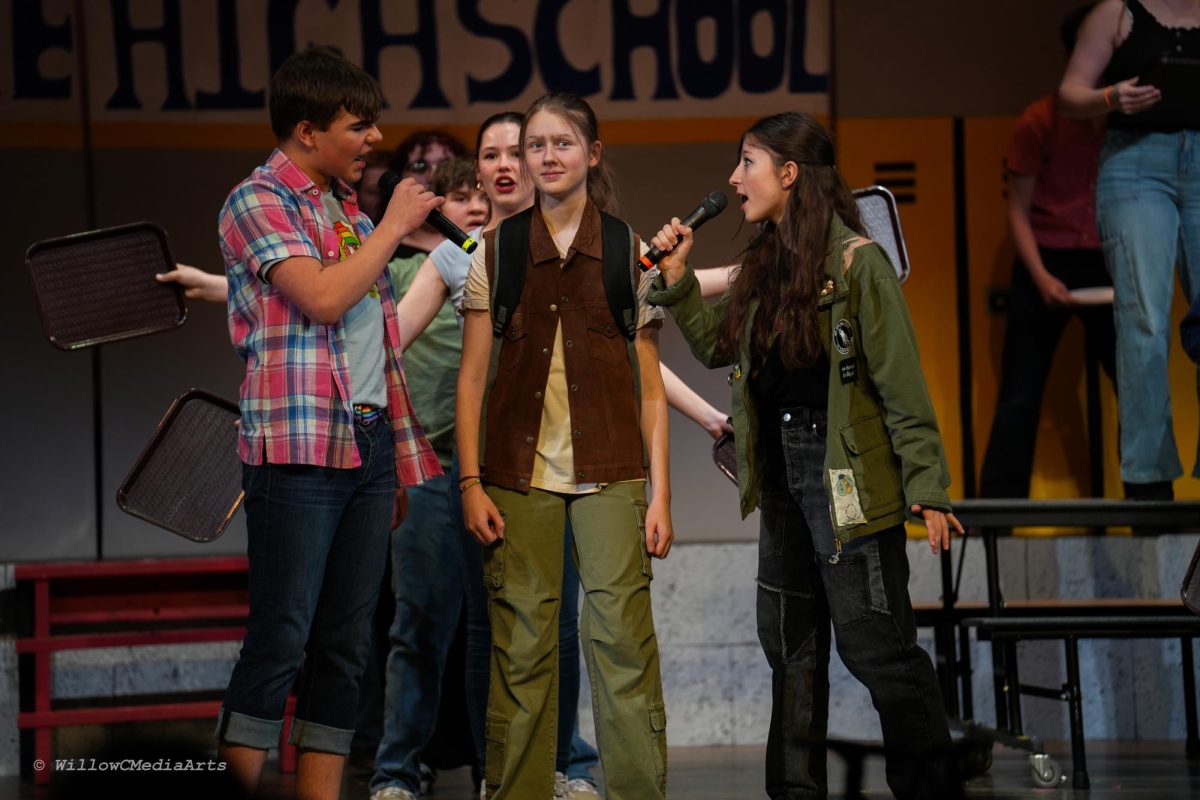
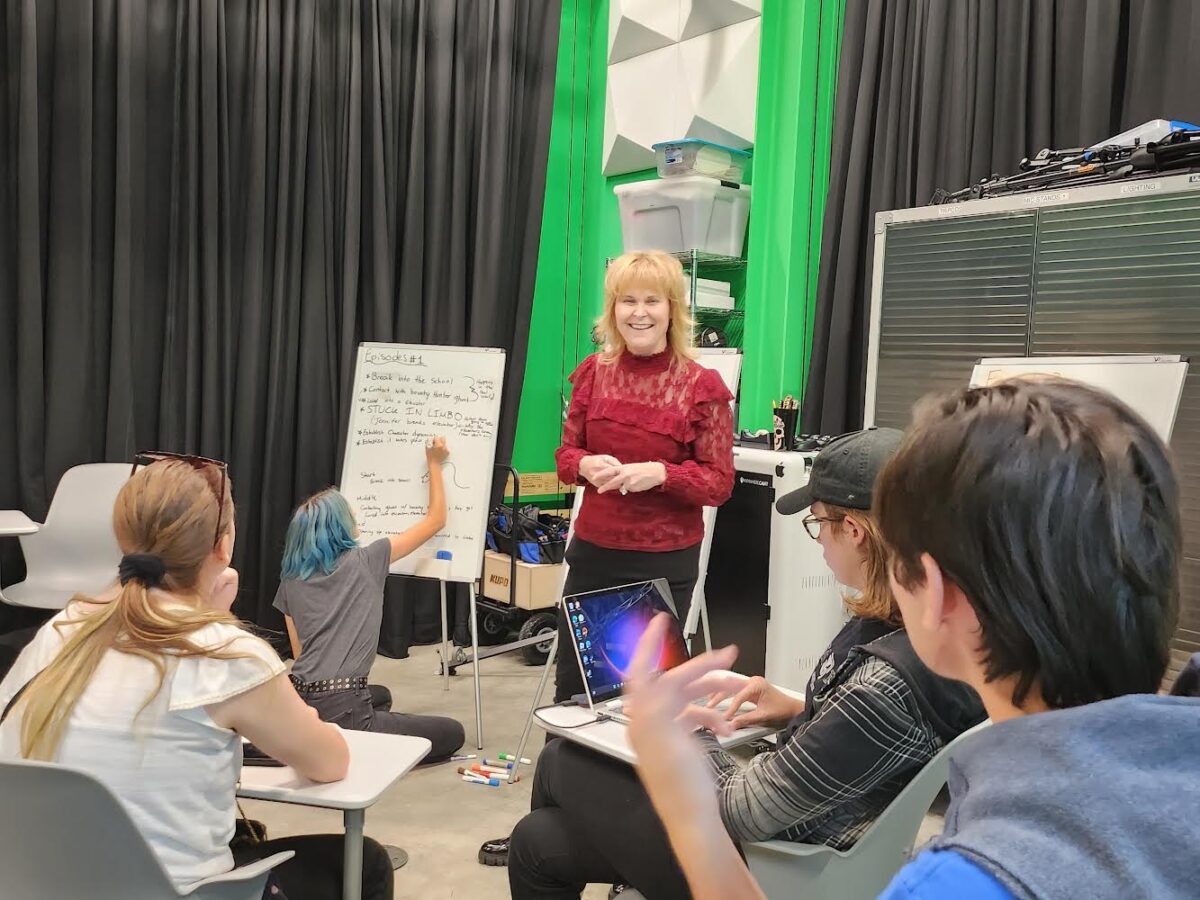

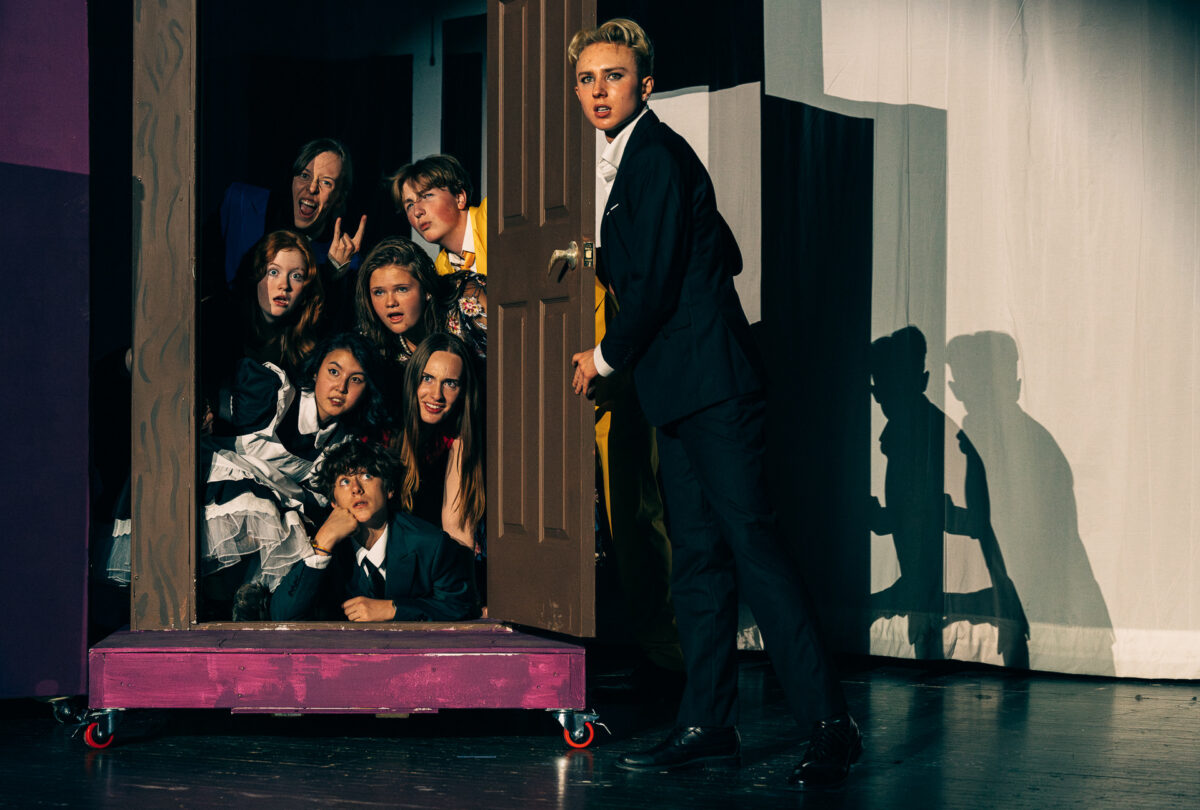
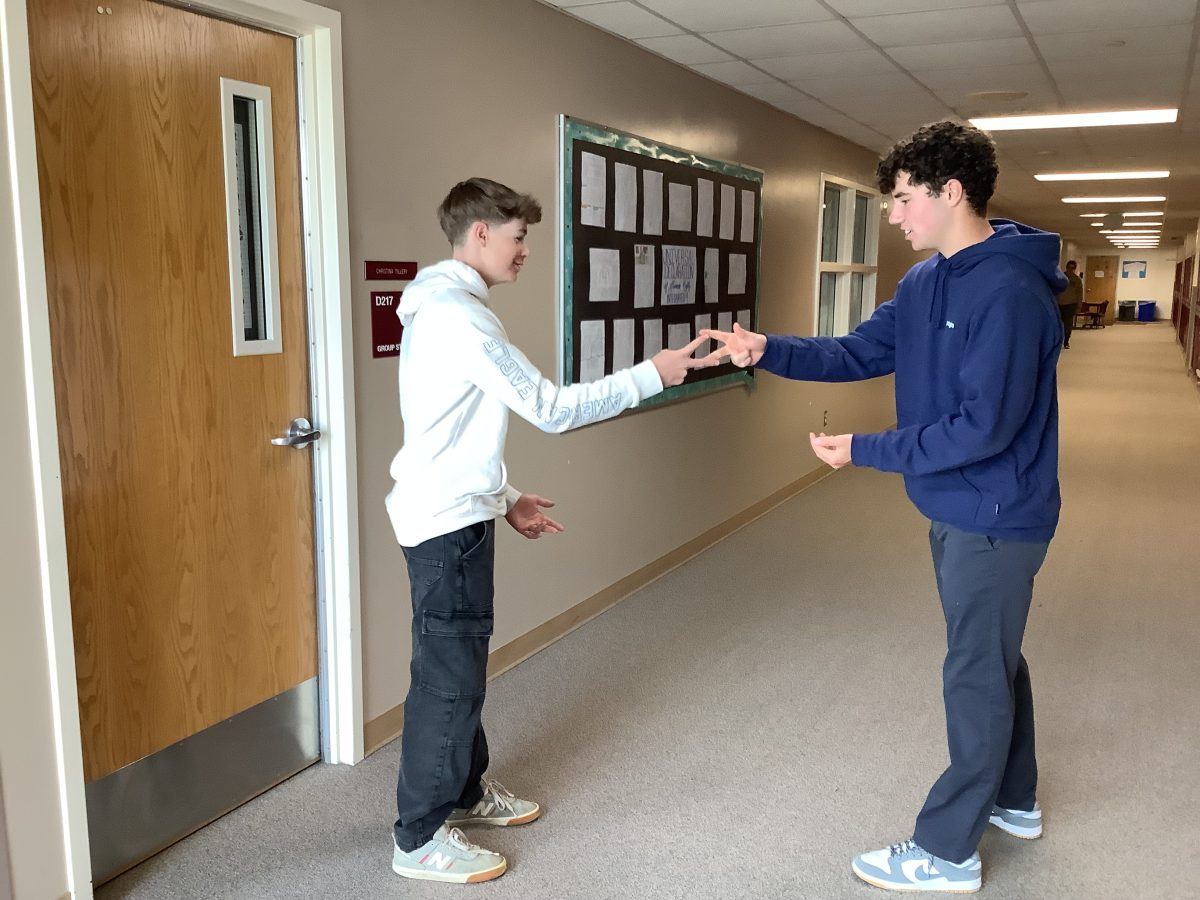
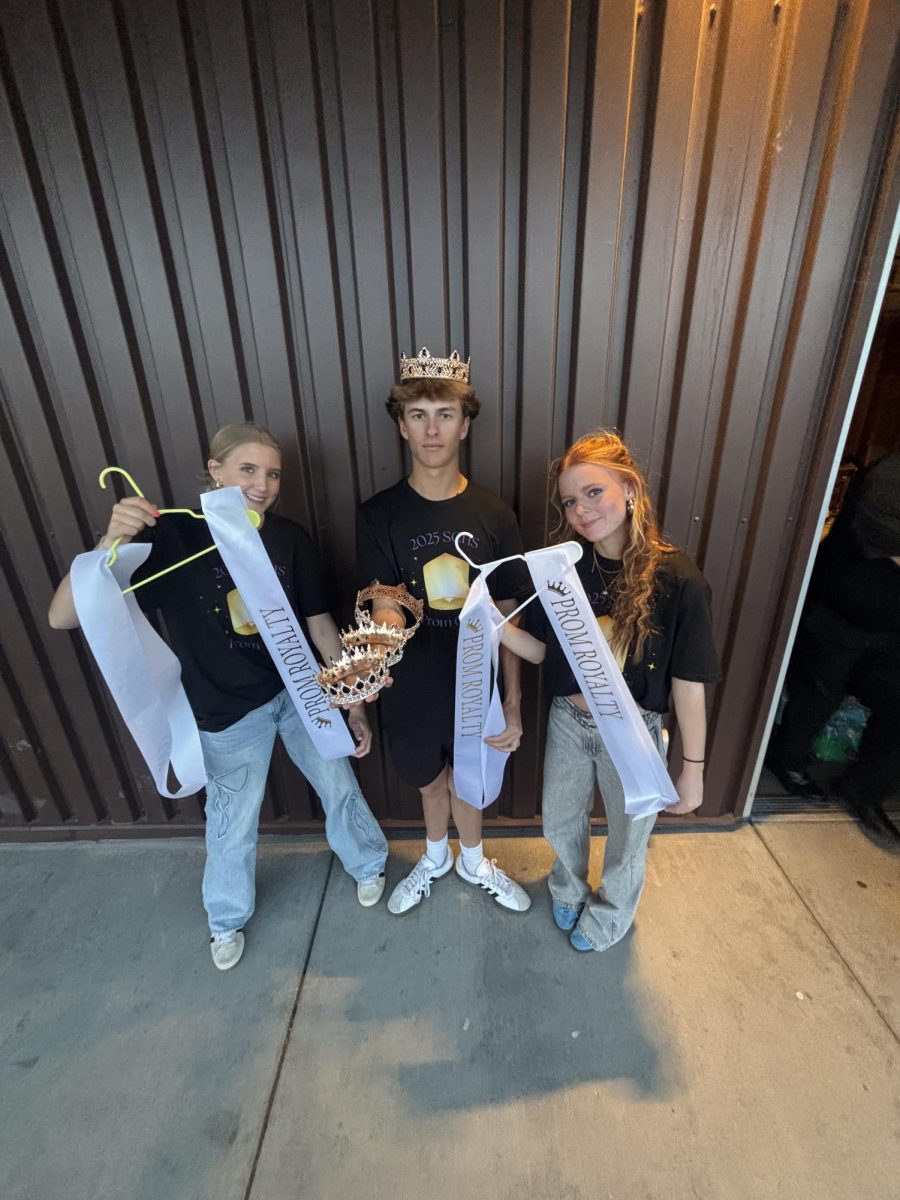
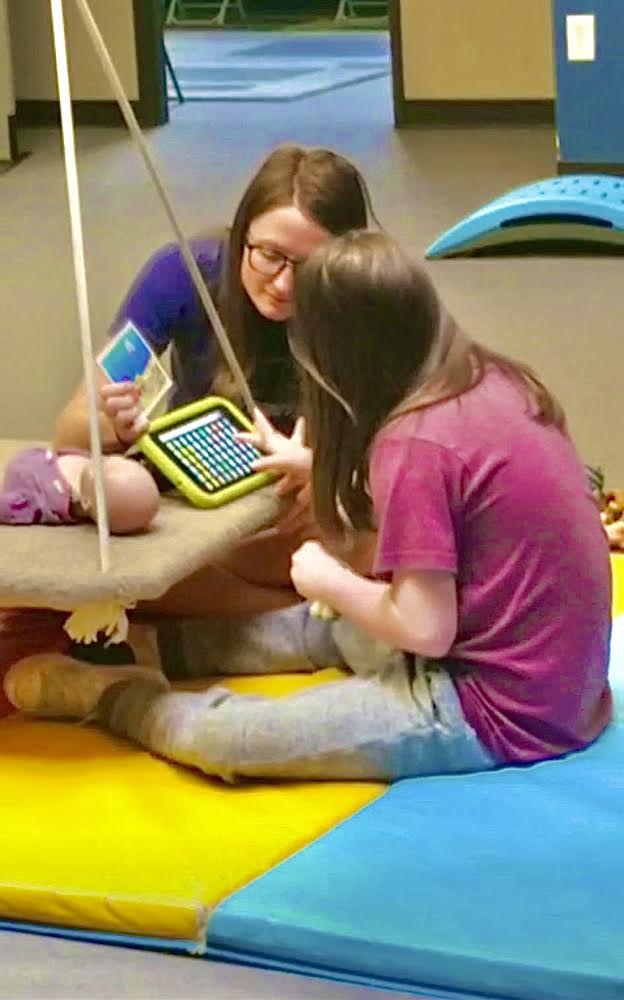
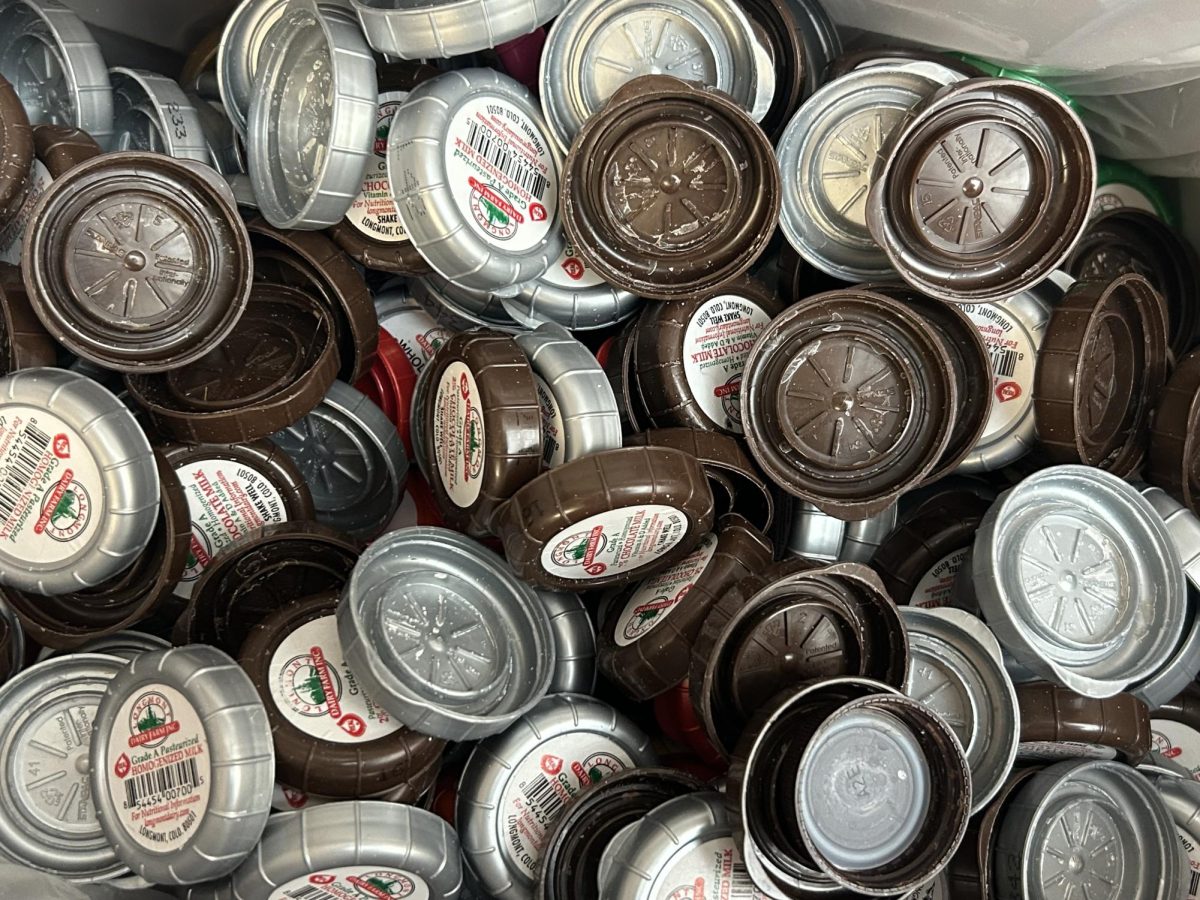
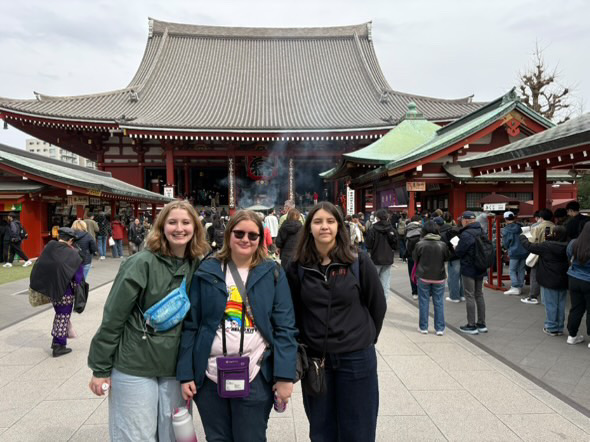
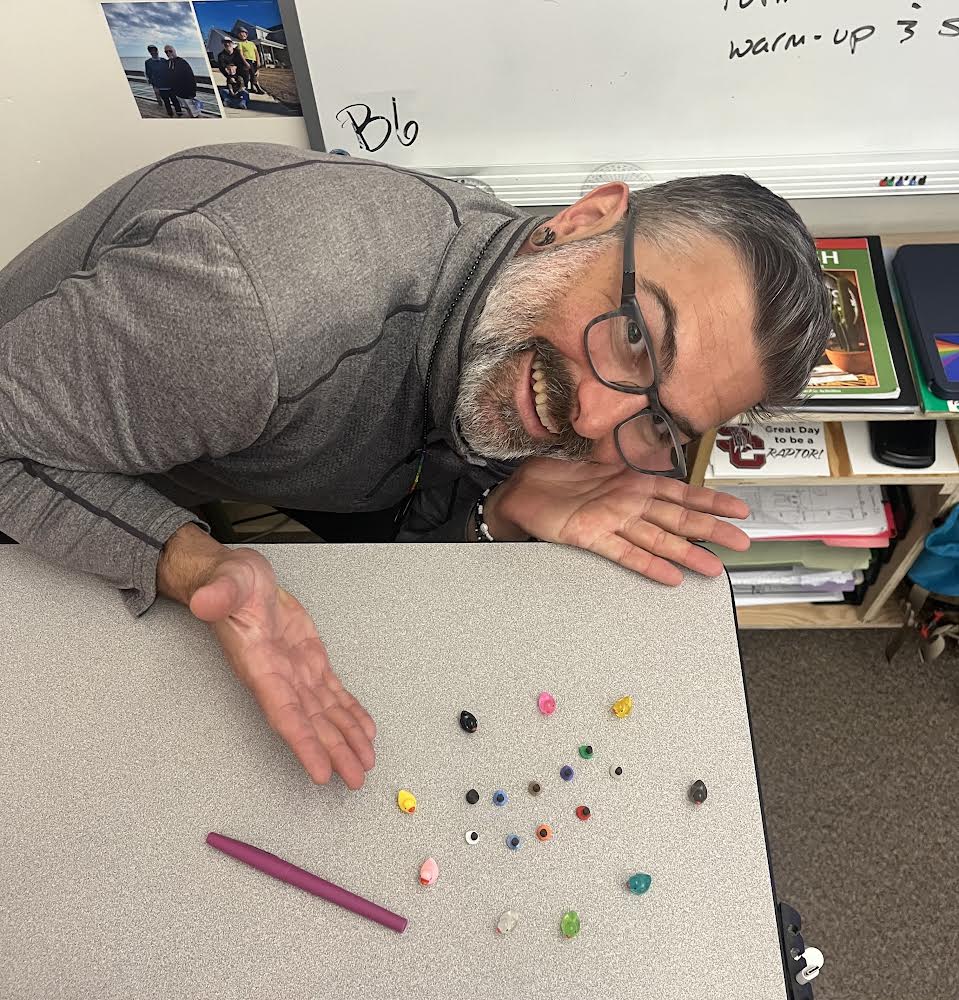
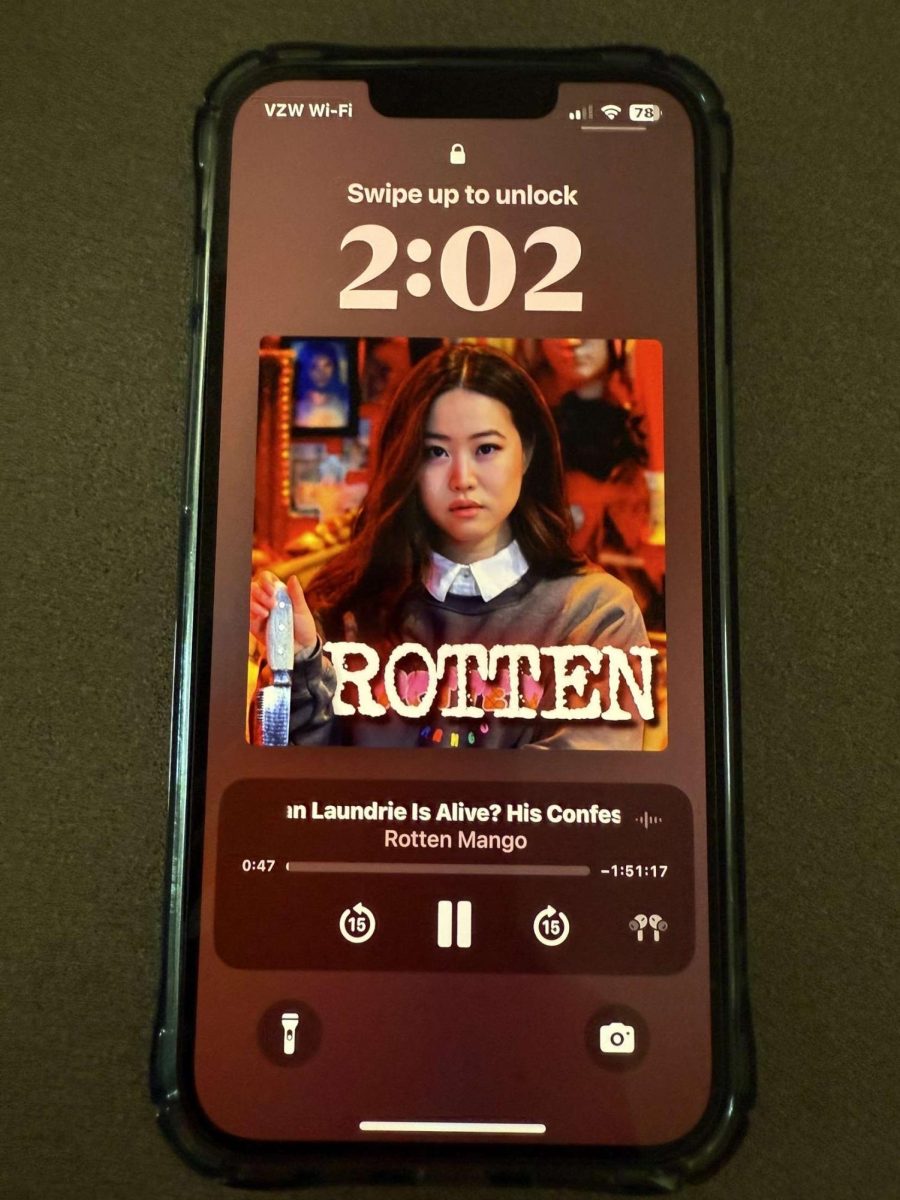
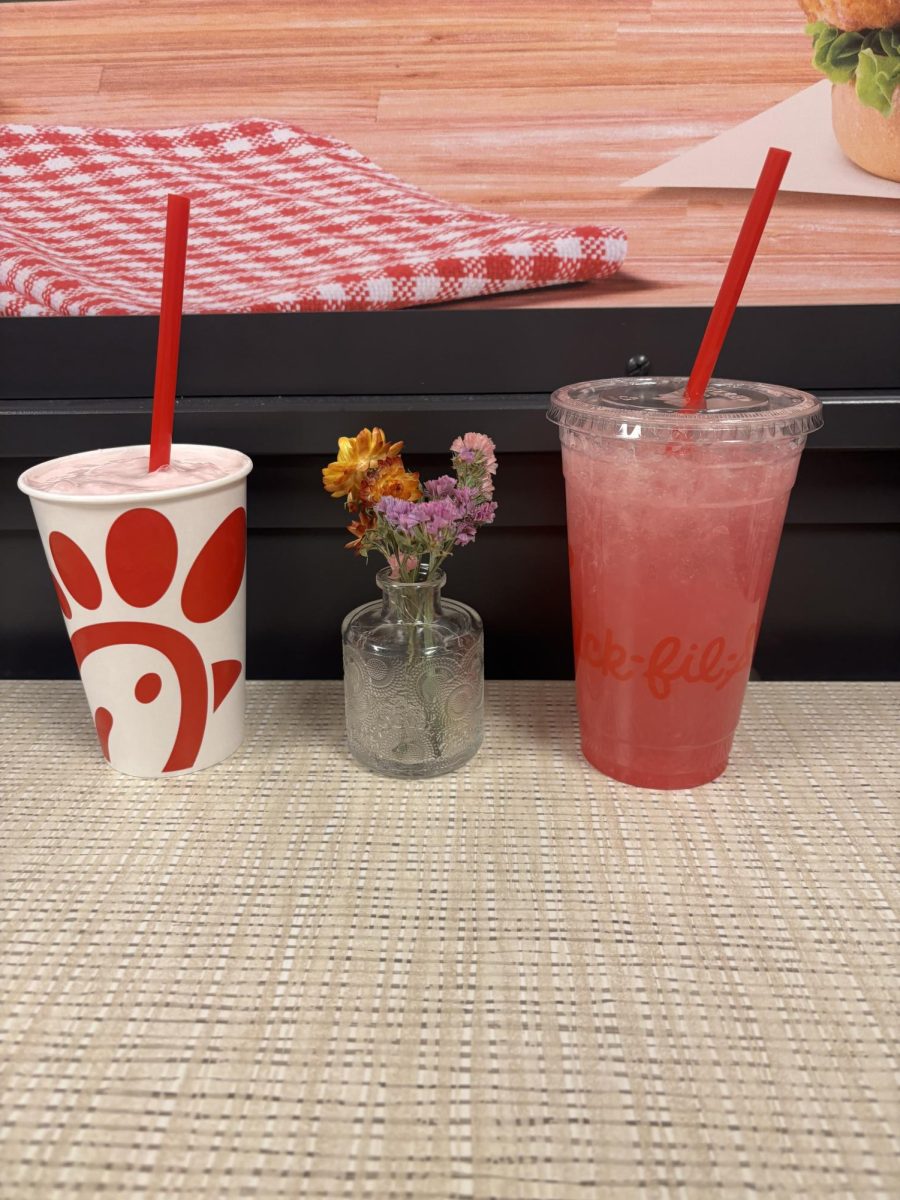
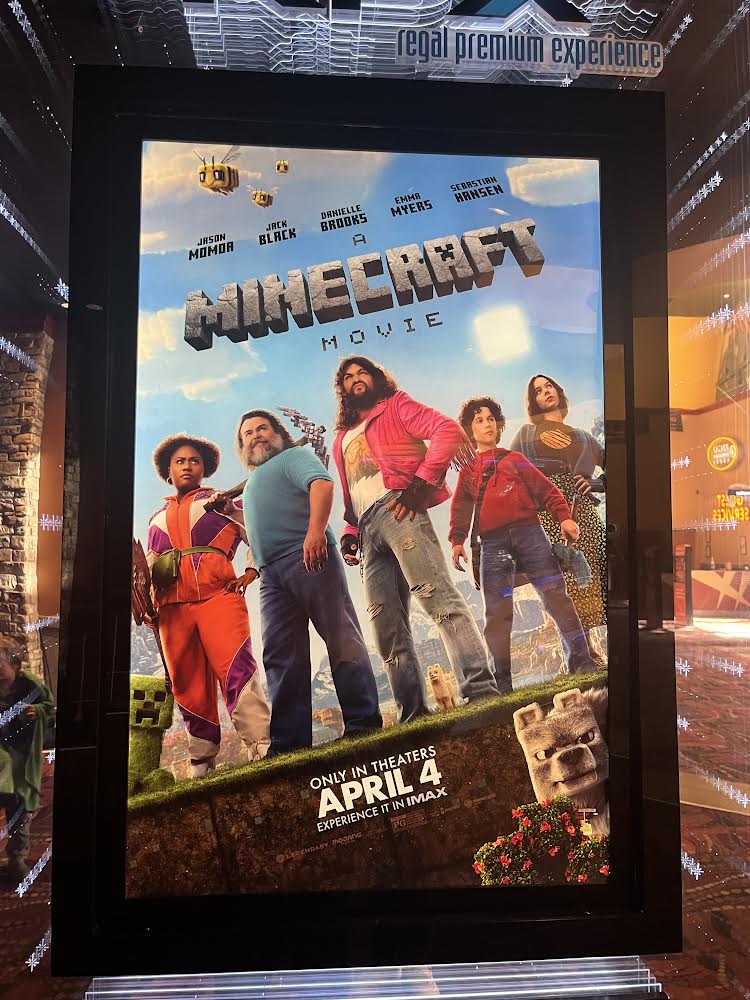


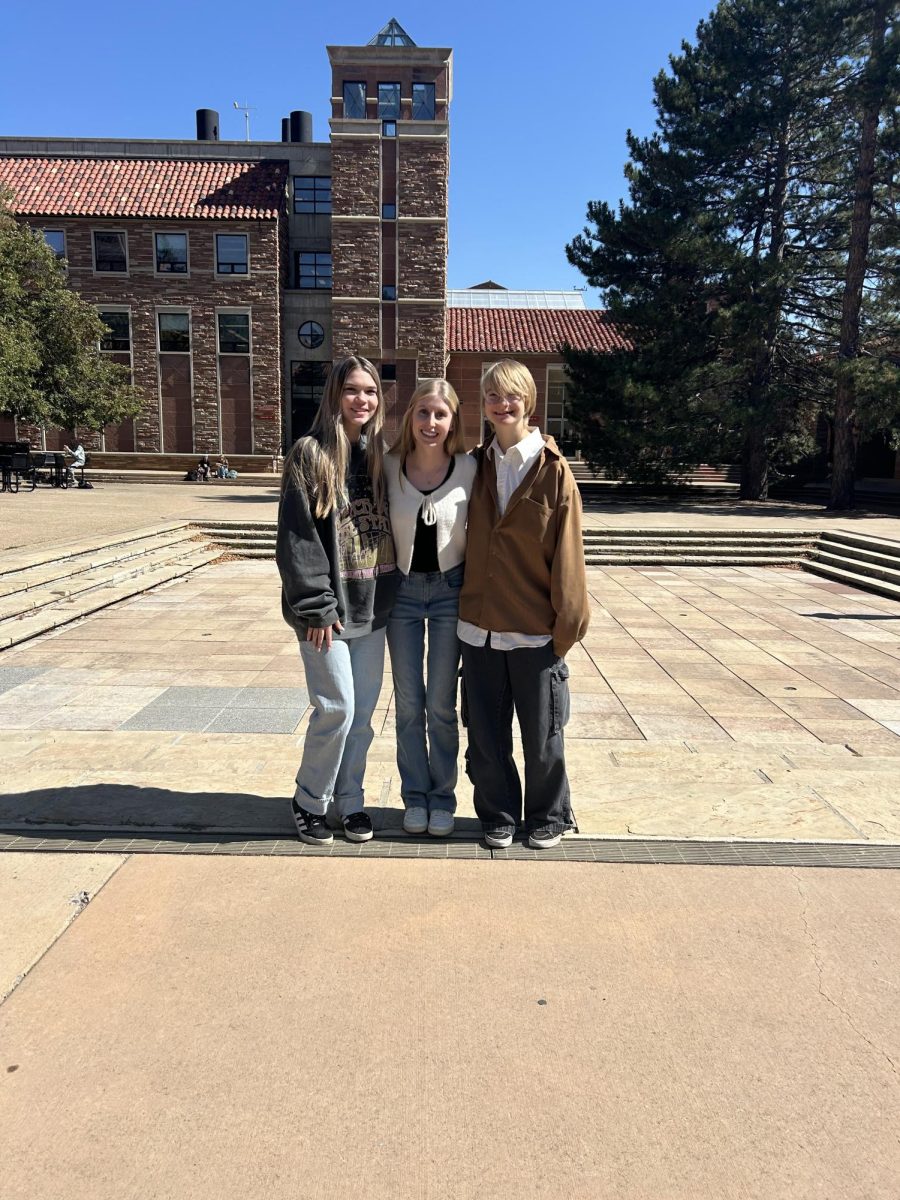
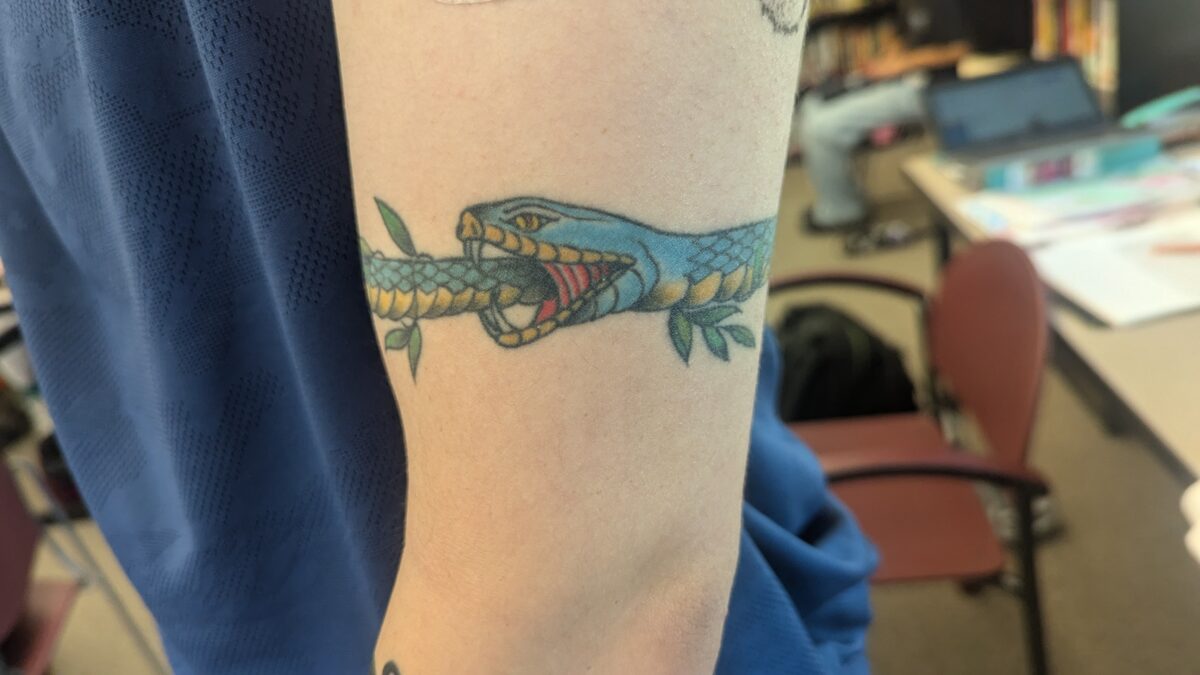
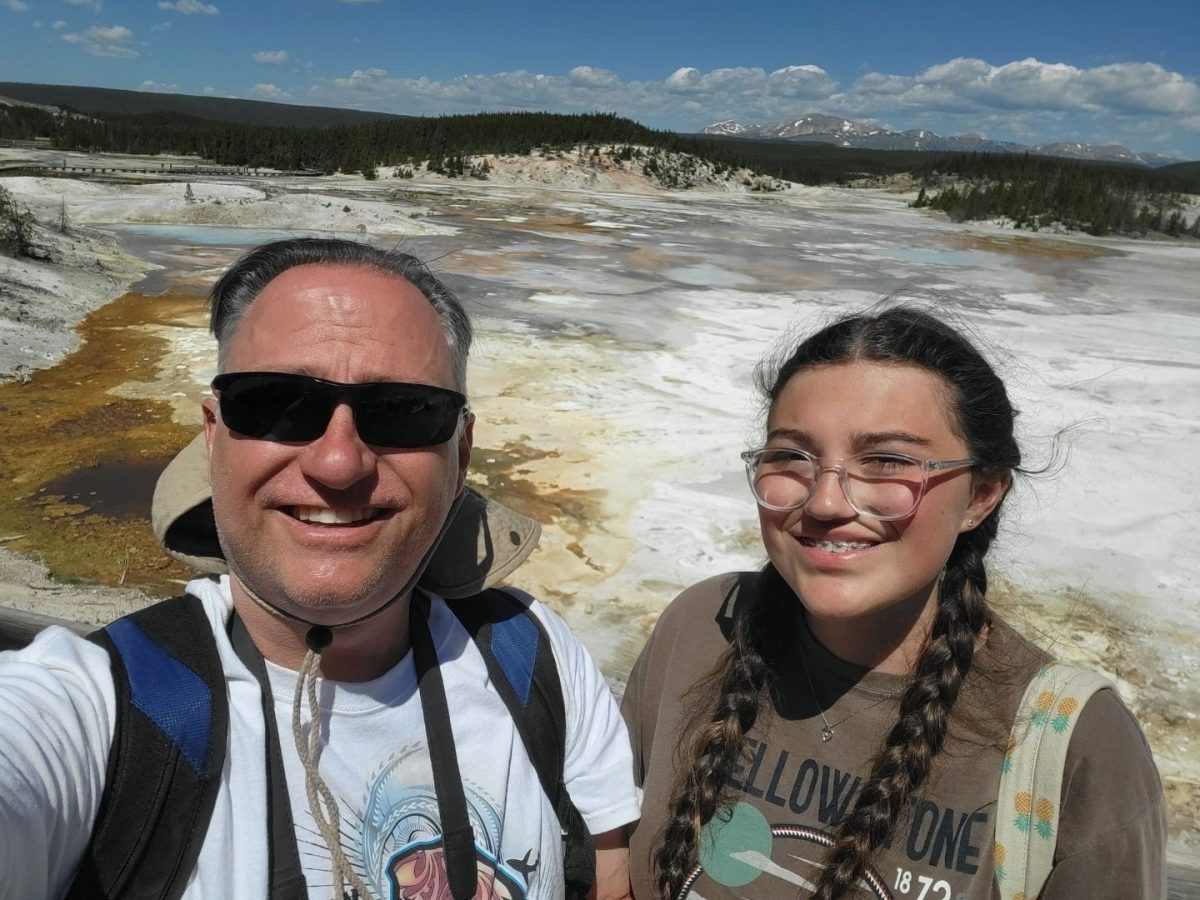
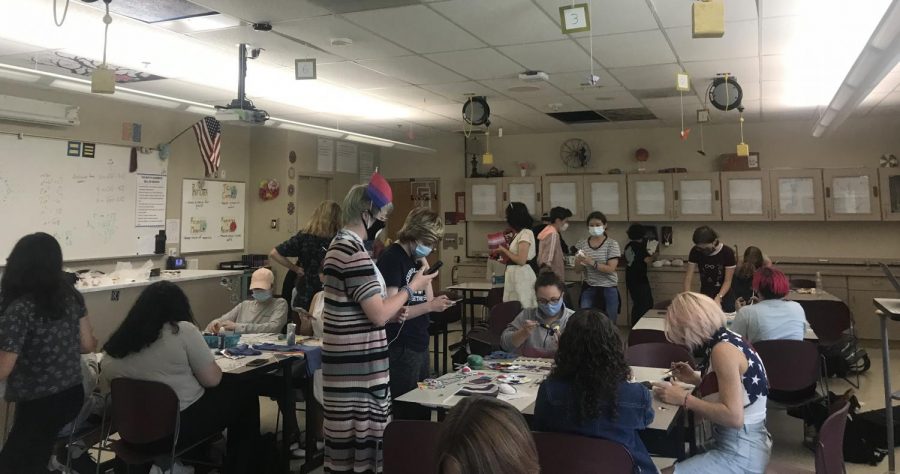
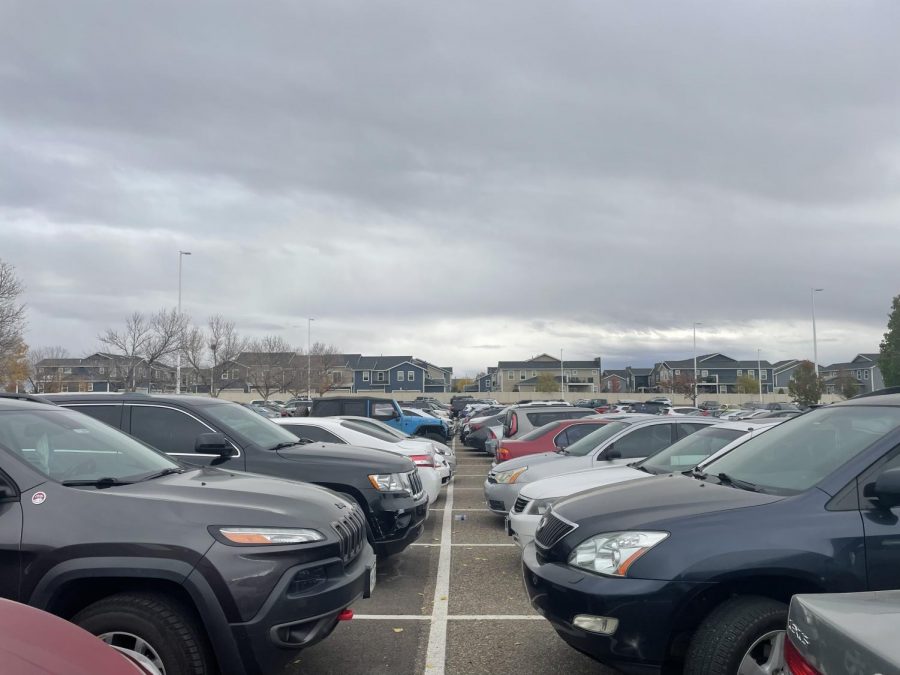
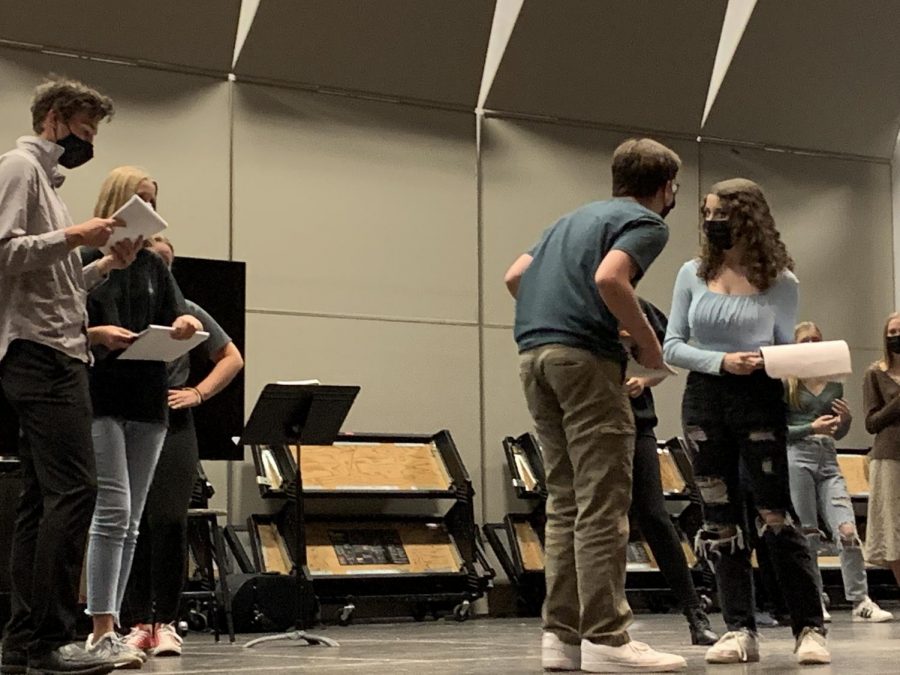
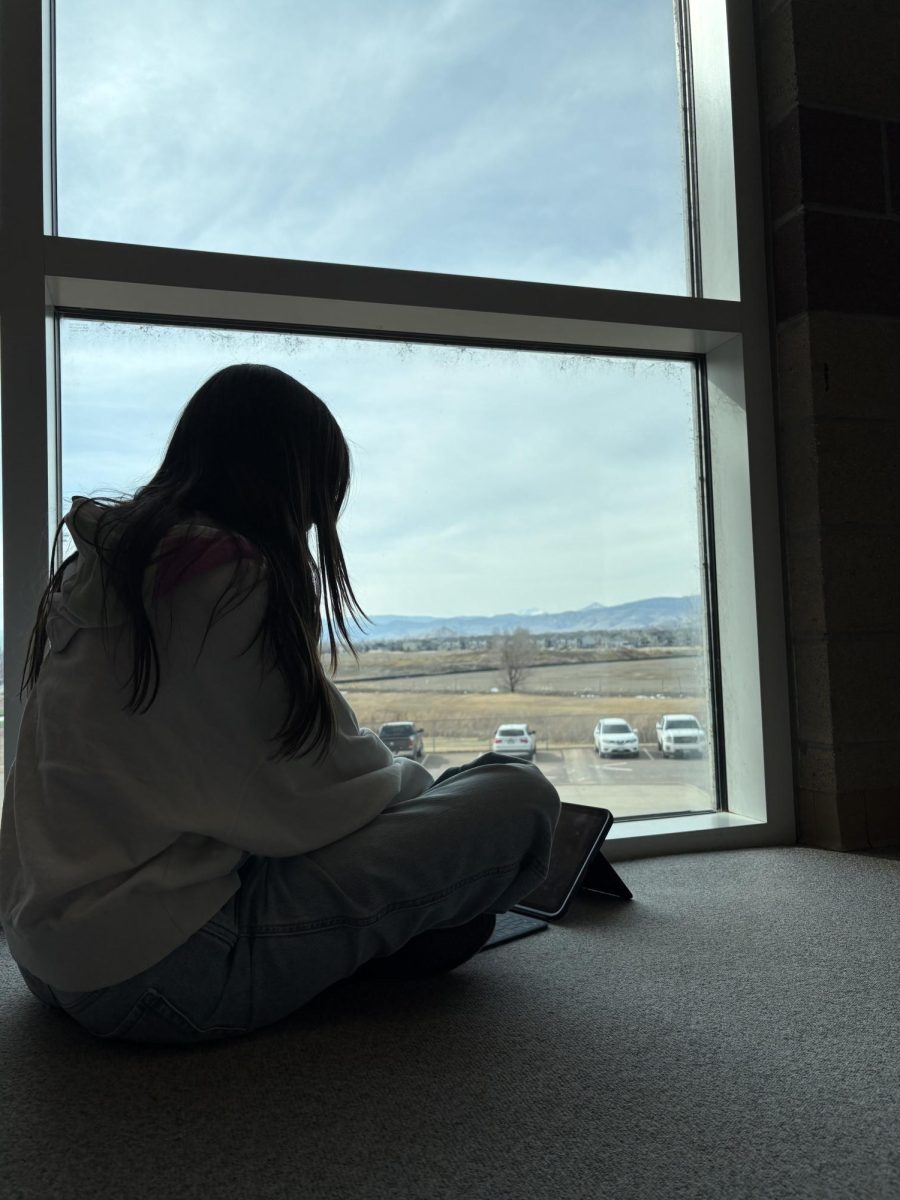

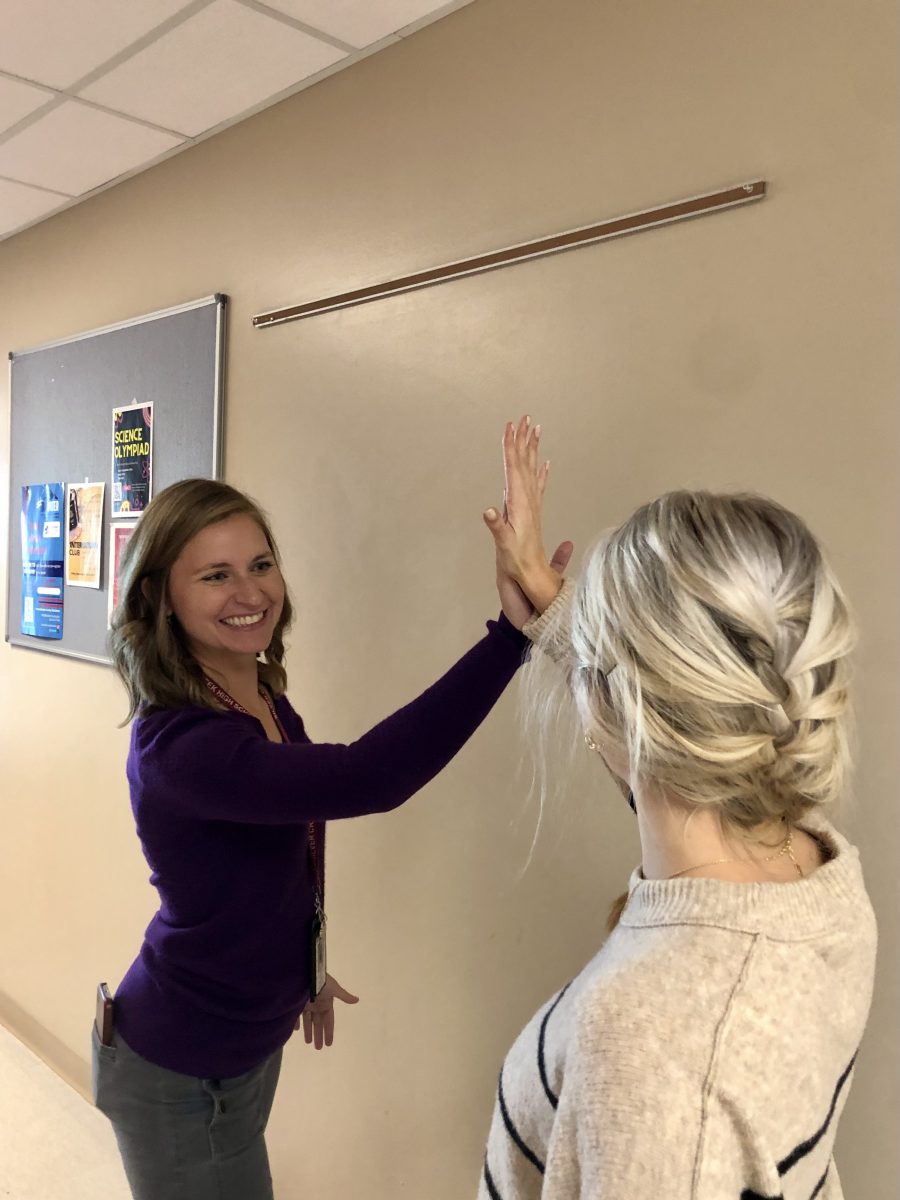
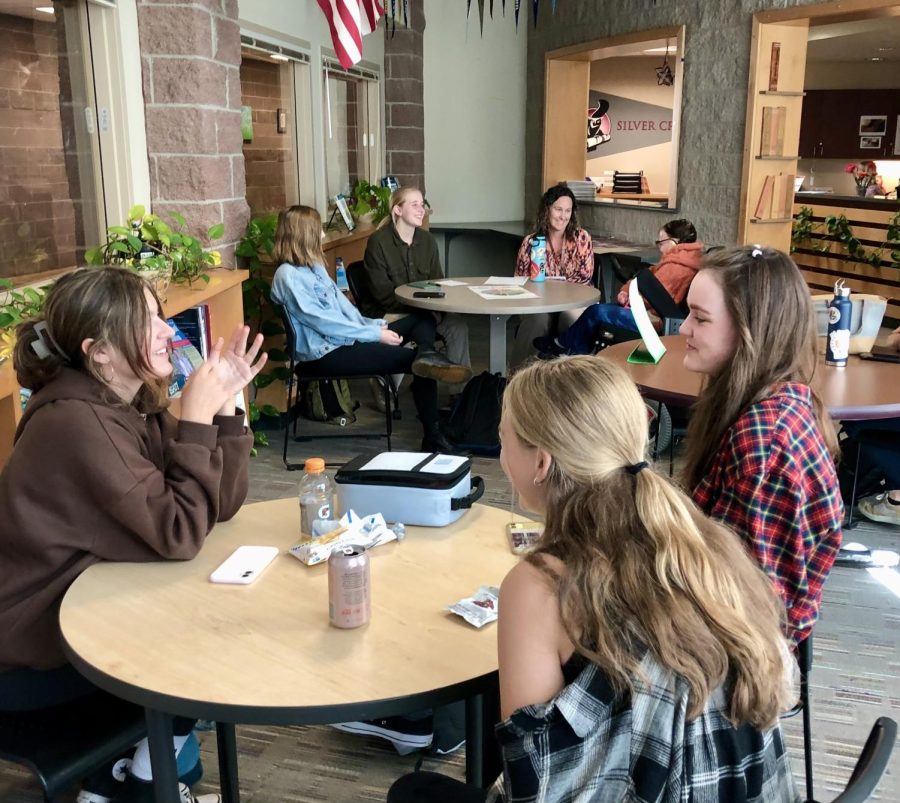

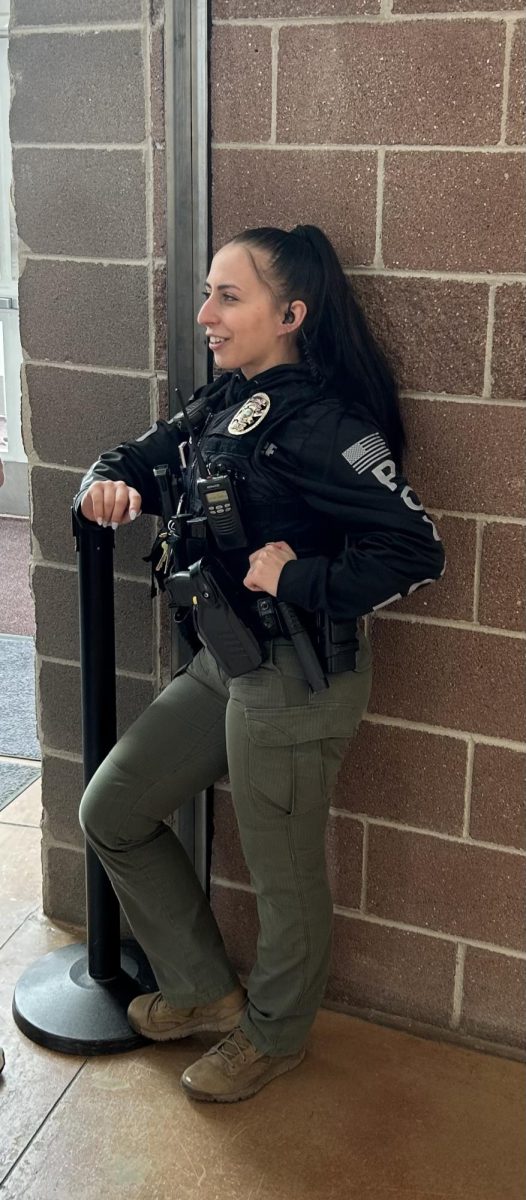


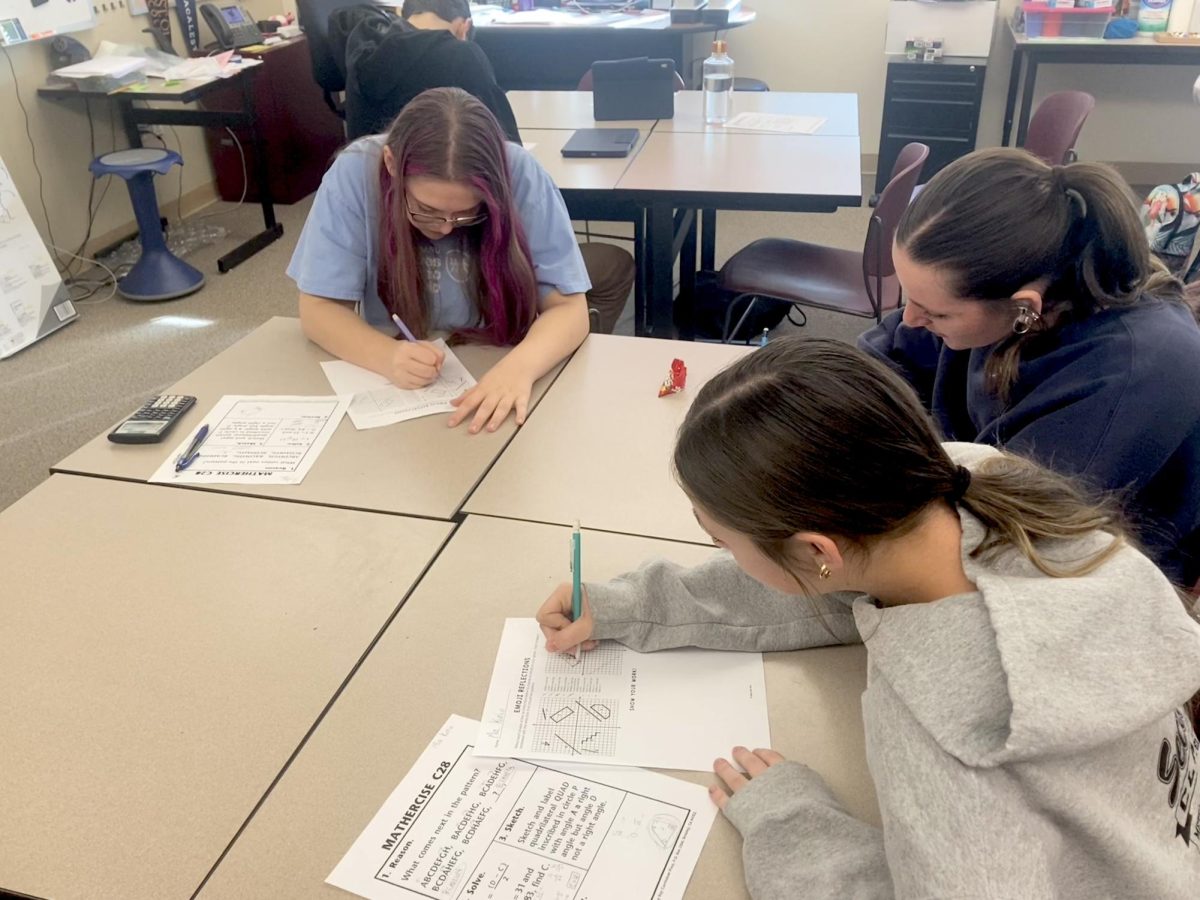
![Hosting the SCLA Casptone Mentor Dinner outside allowed for more attendees on September 27, 2021 at Silver Creek. This event would’ve usually been held inside. According to Lauren Kohn, a SCLA 12 teacher, “If we have a higher number of people, as long as we can host the event outside, then that seems to be keeping every[one] safe”.](https://schsnews.org/wp-content/uploads/2021/11/sxMAIGbSYGodZkqmrvTi5YWcJ1ssWA08ApkeMLpp-900x675.jpeg)

